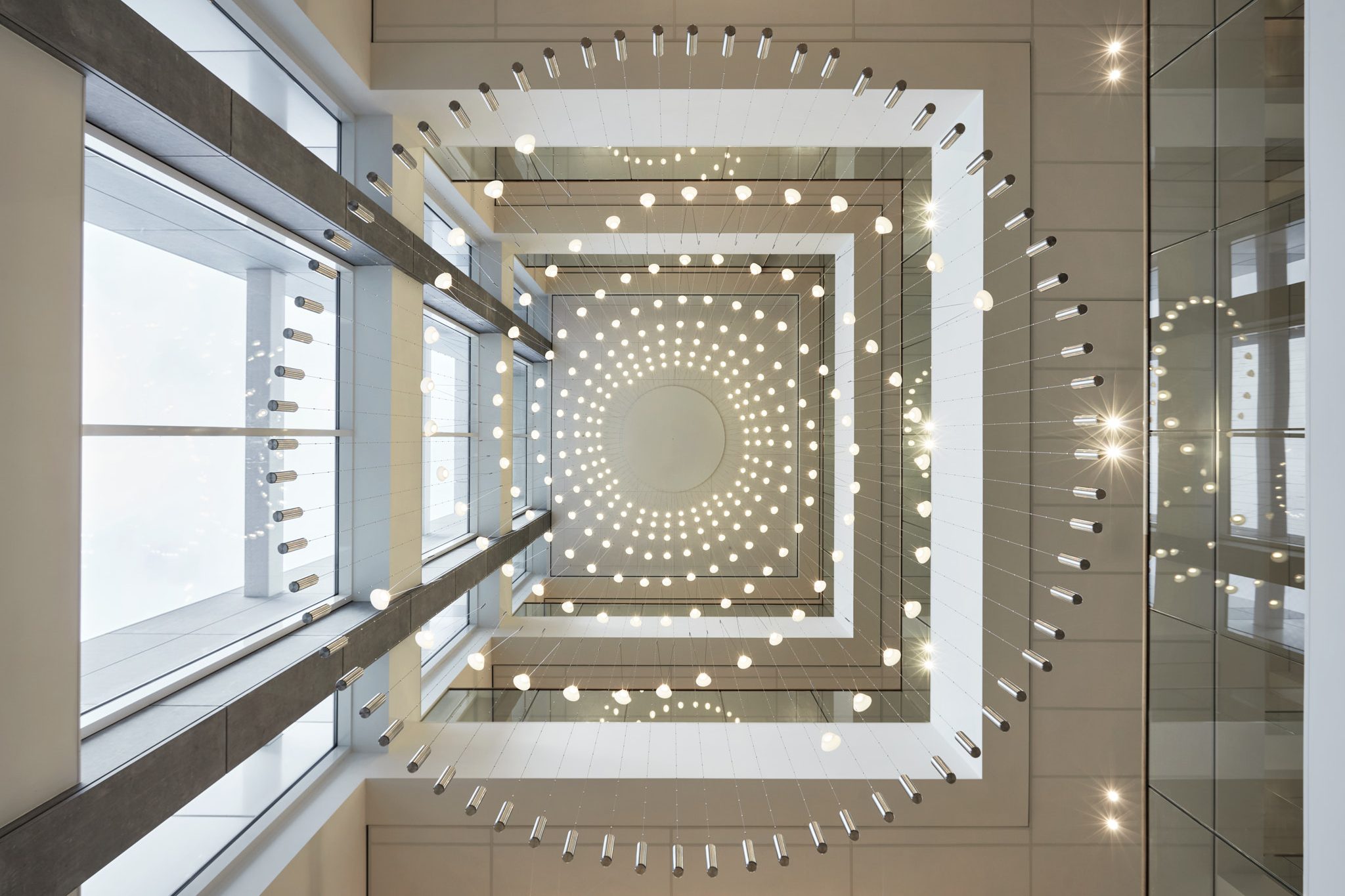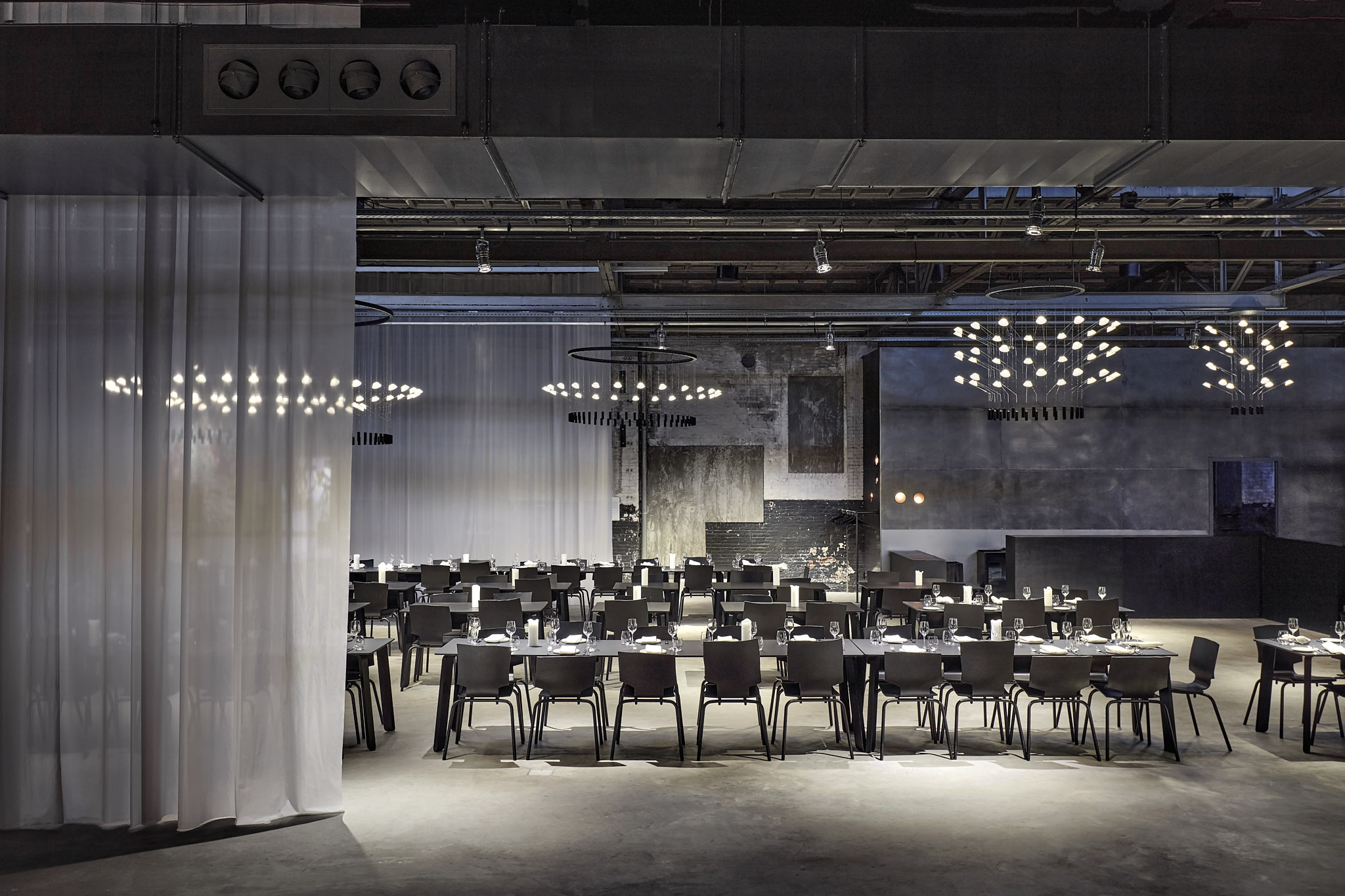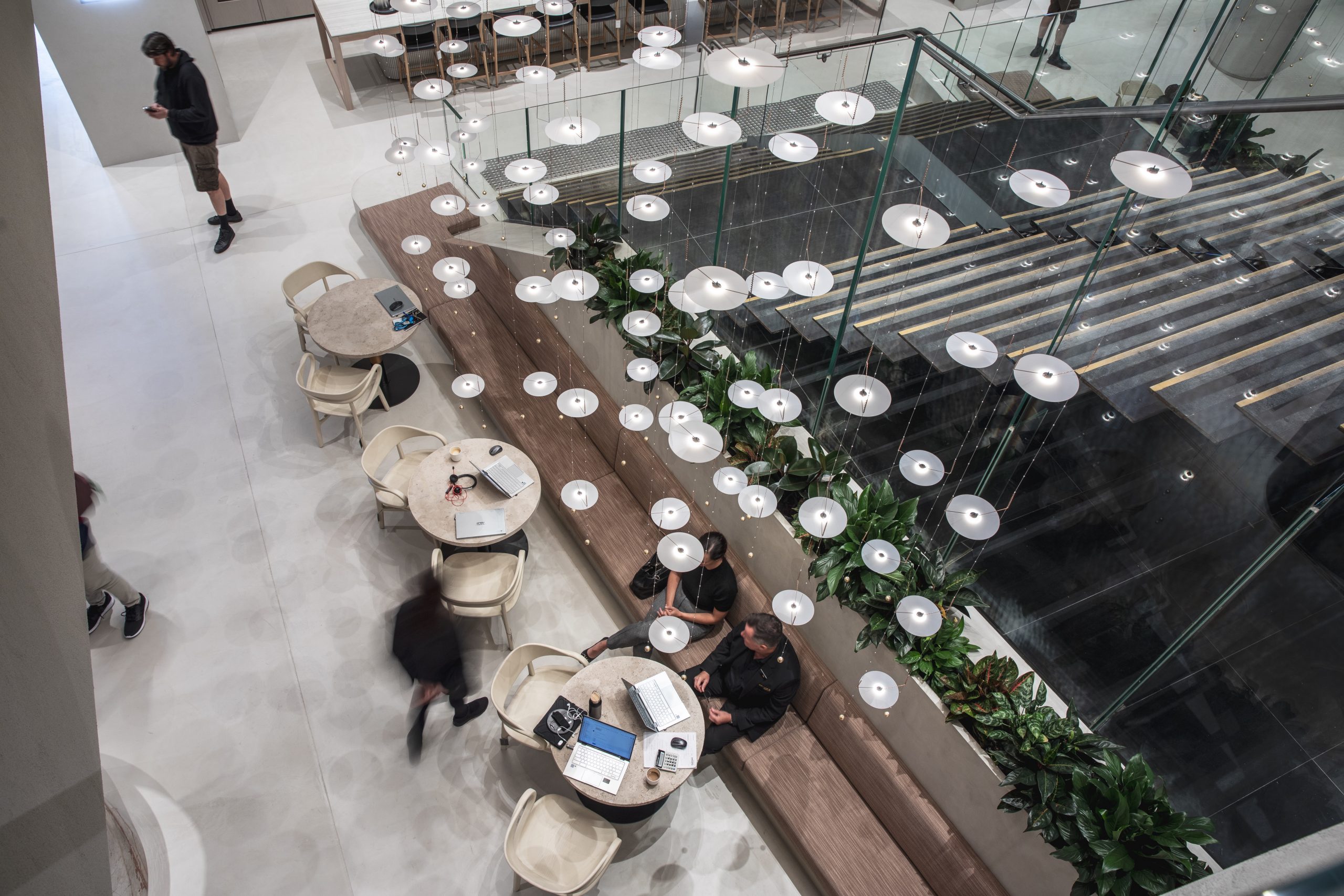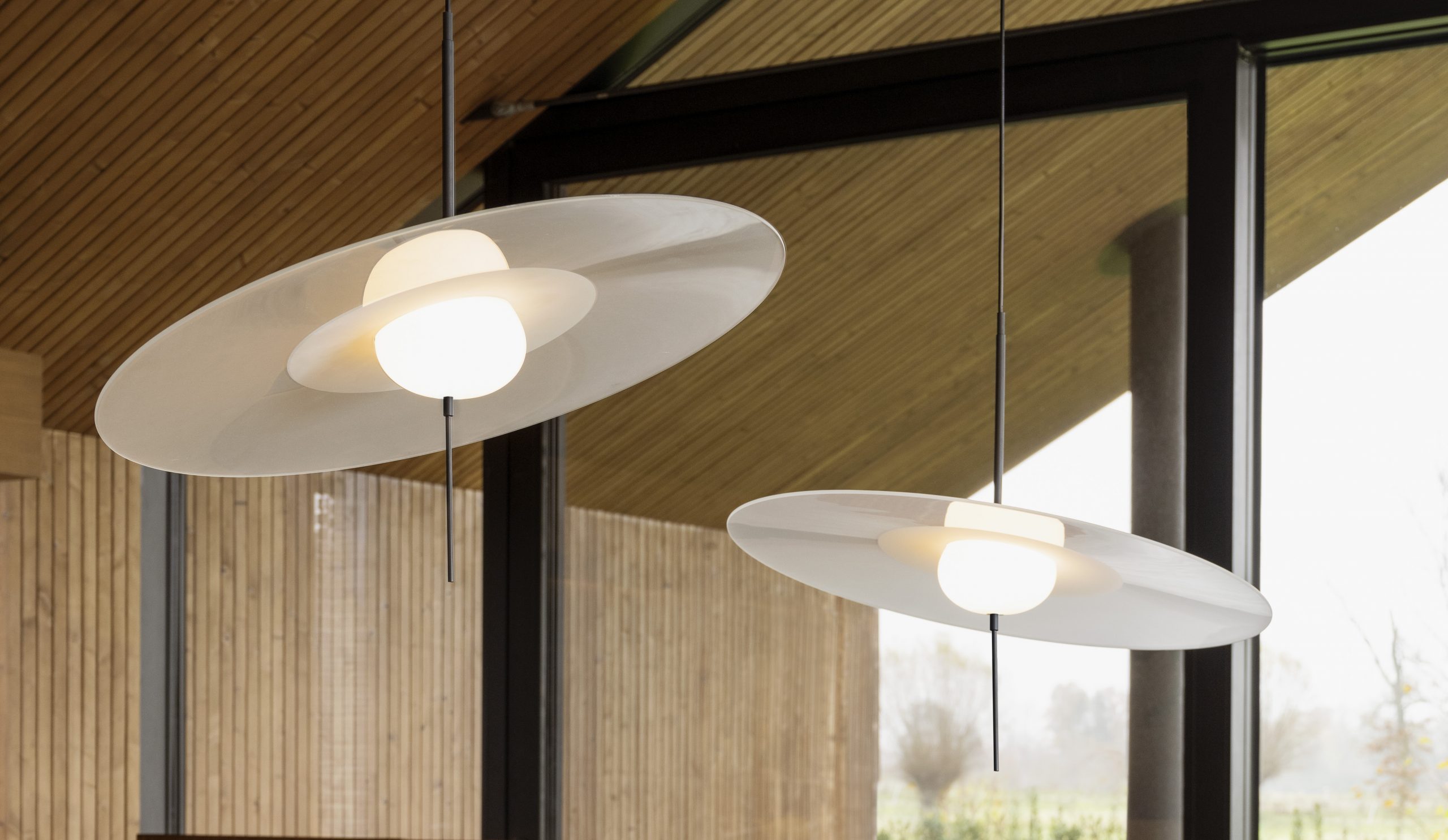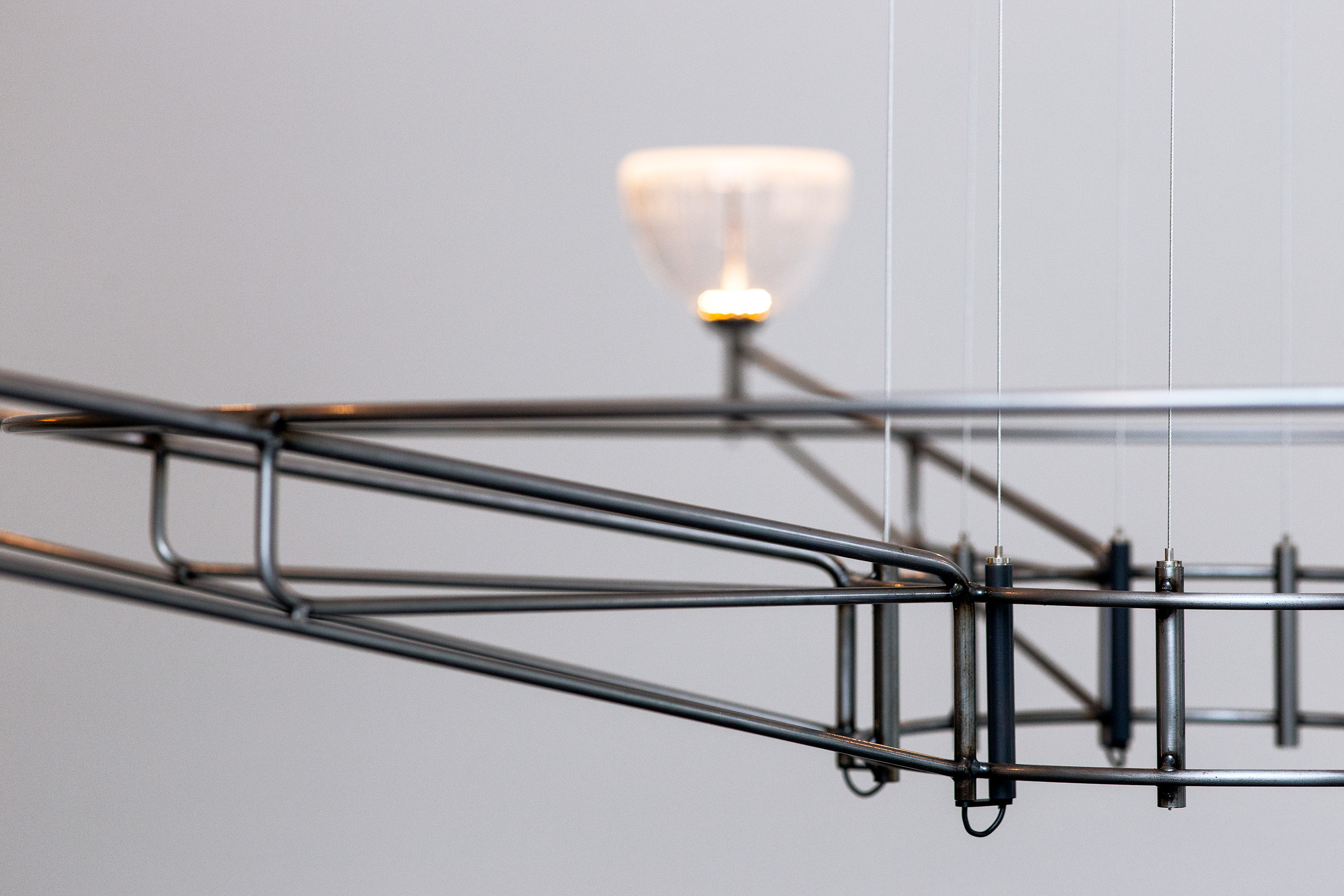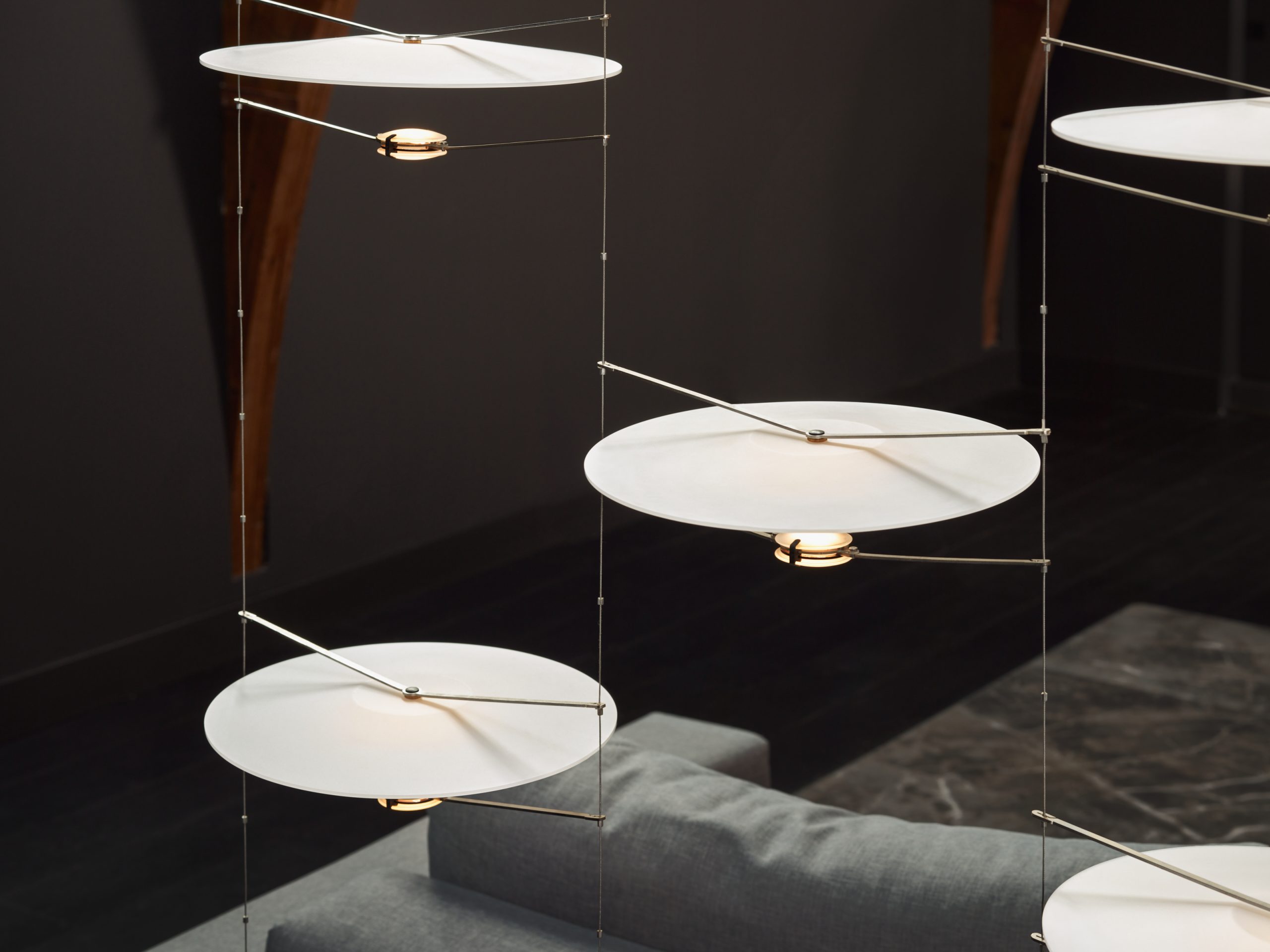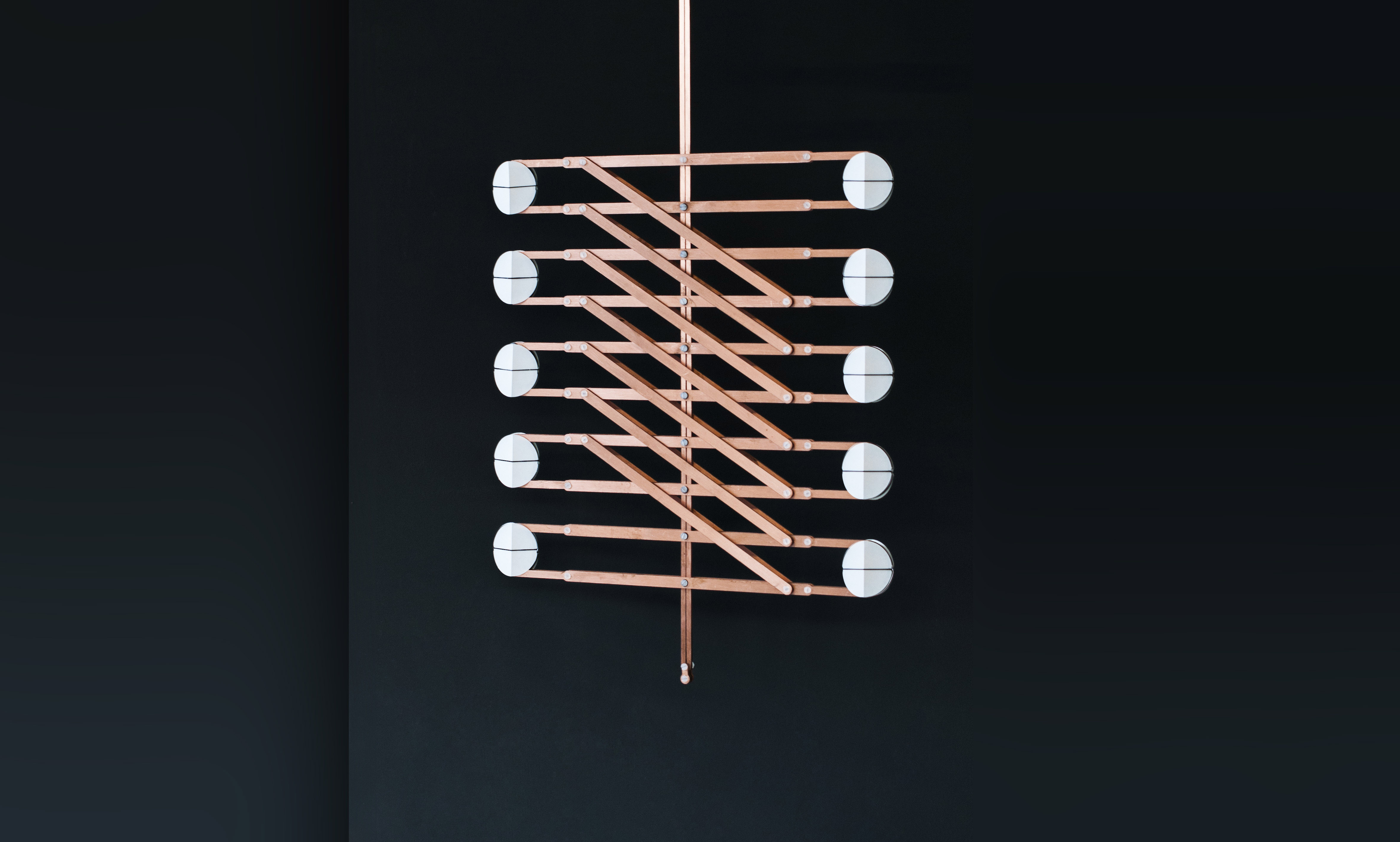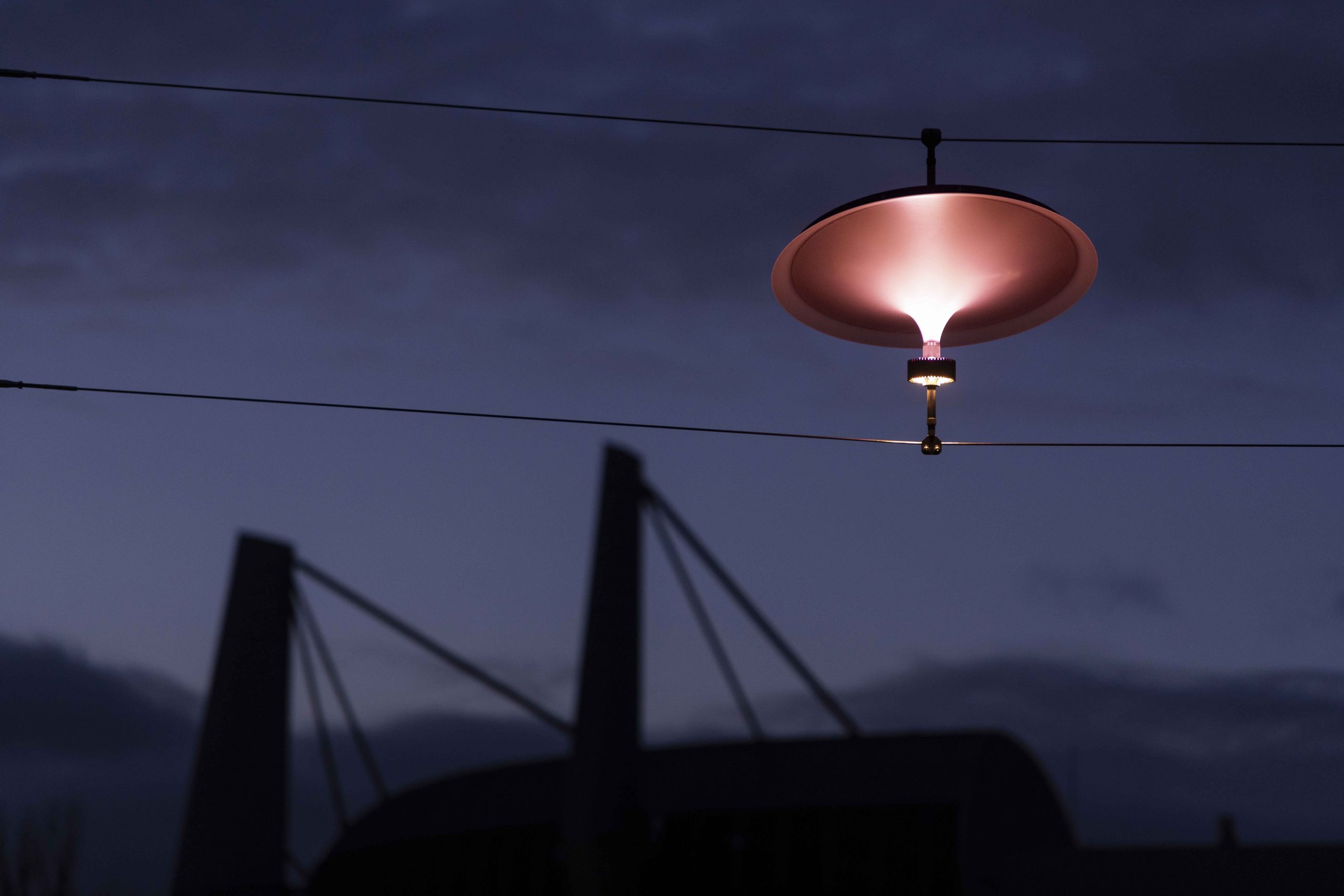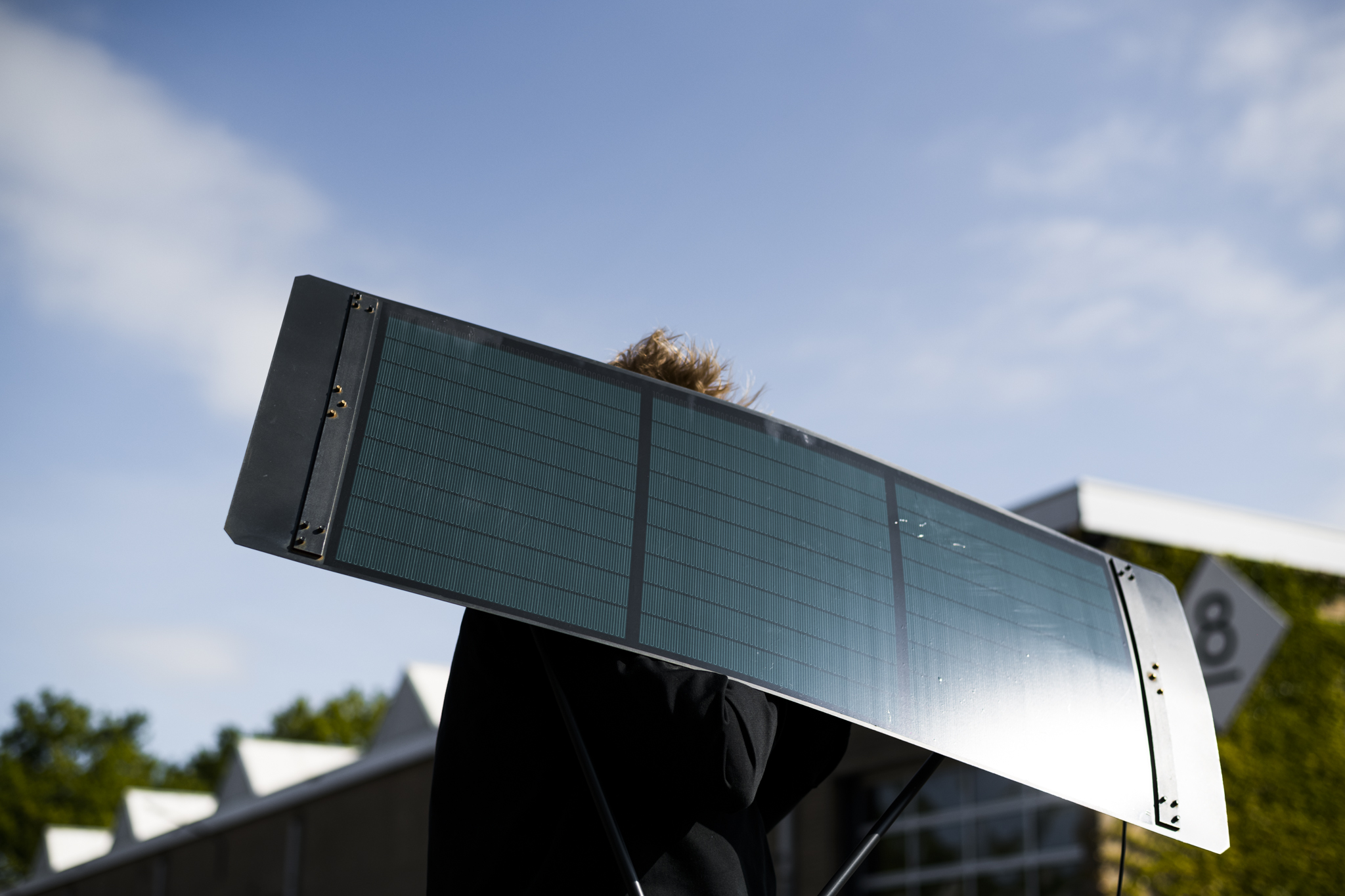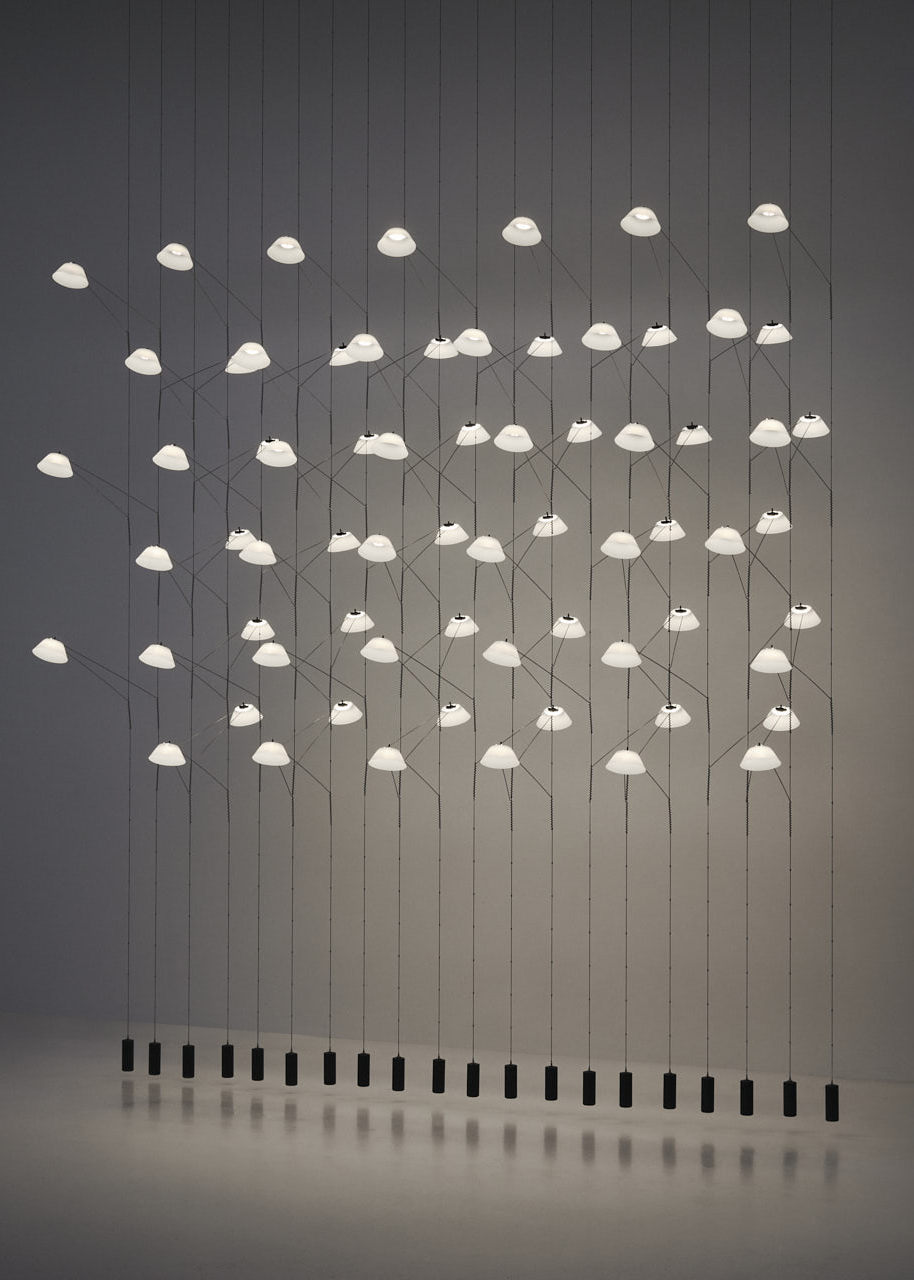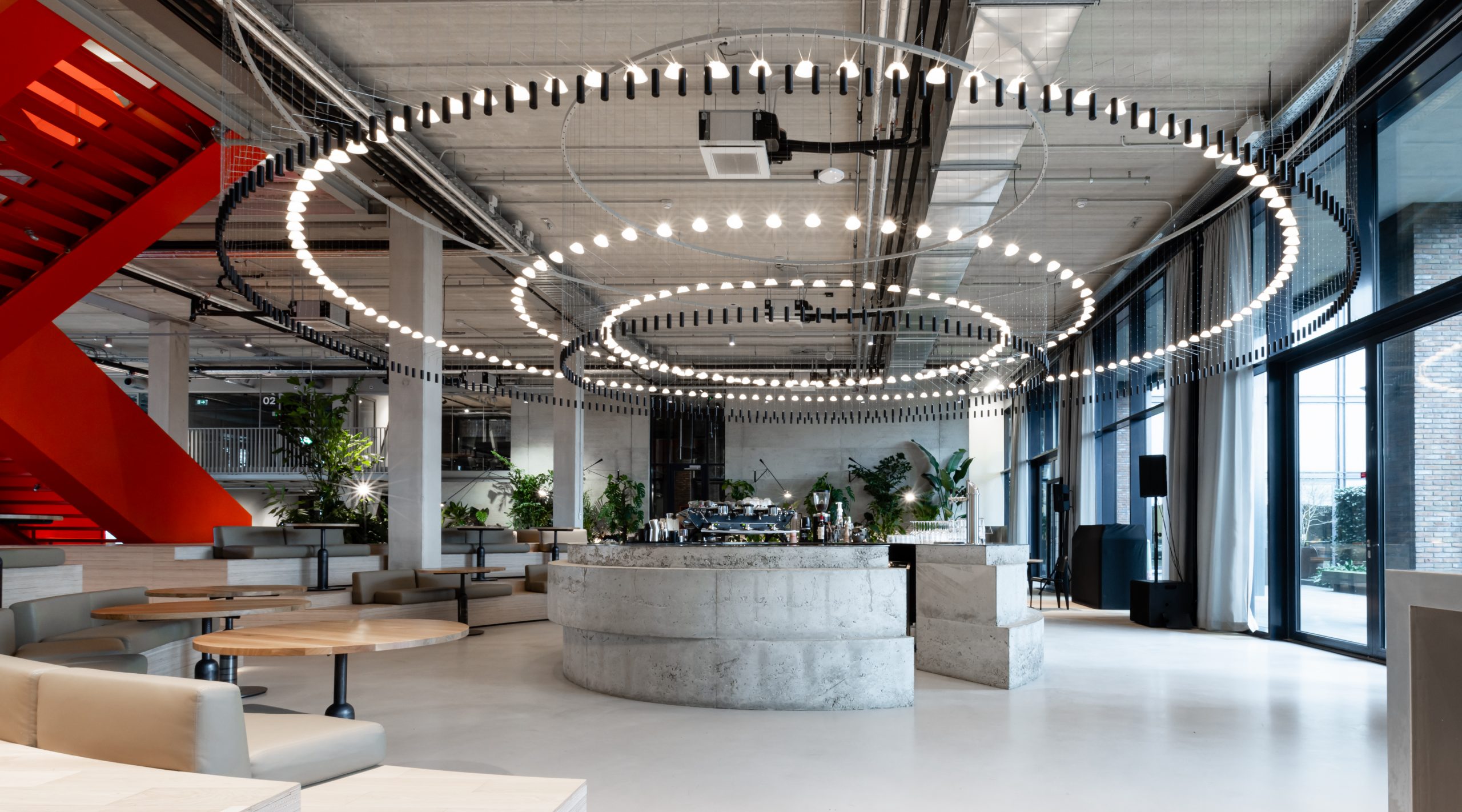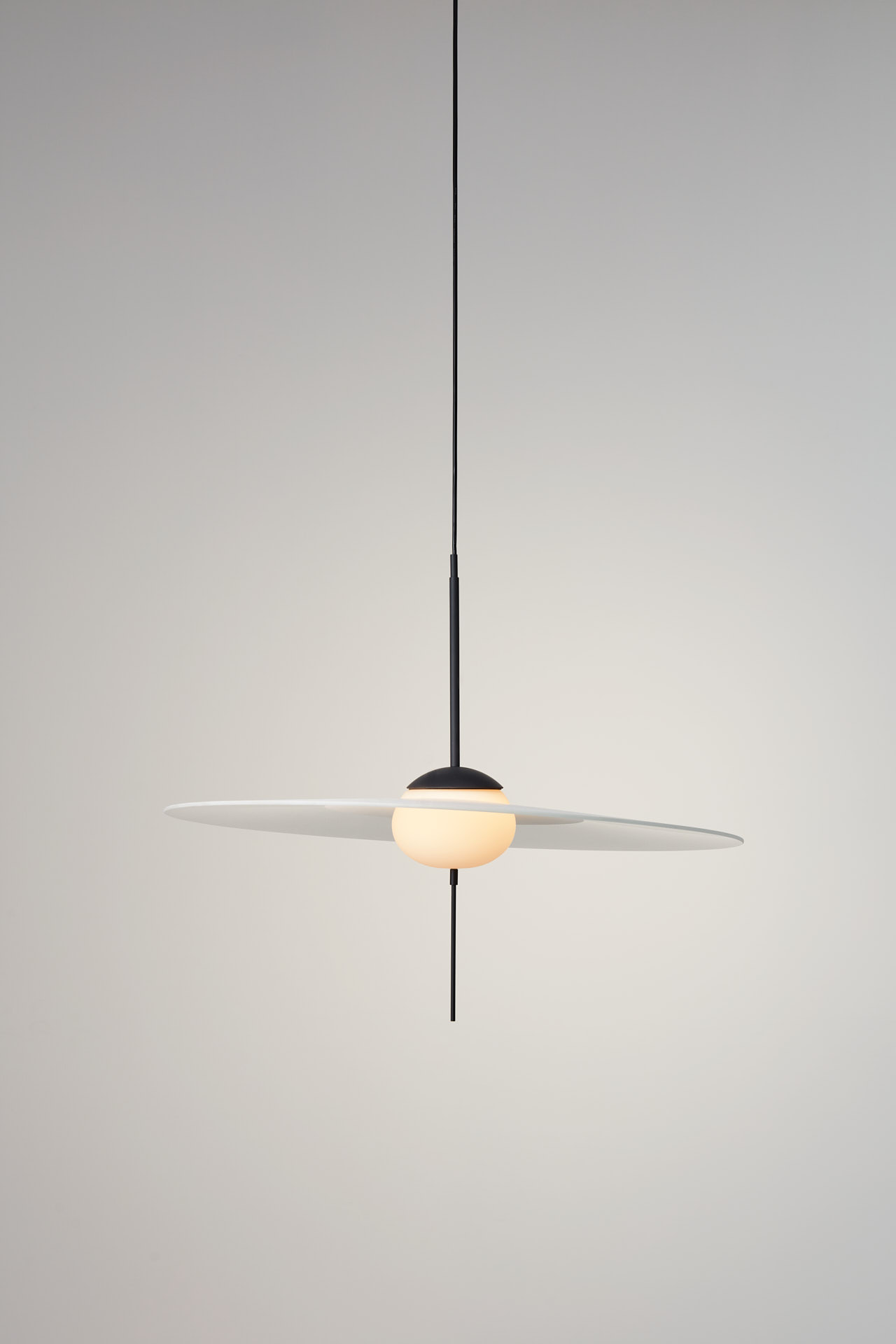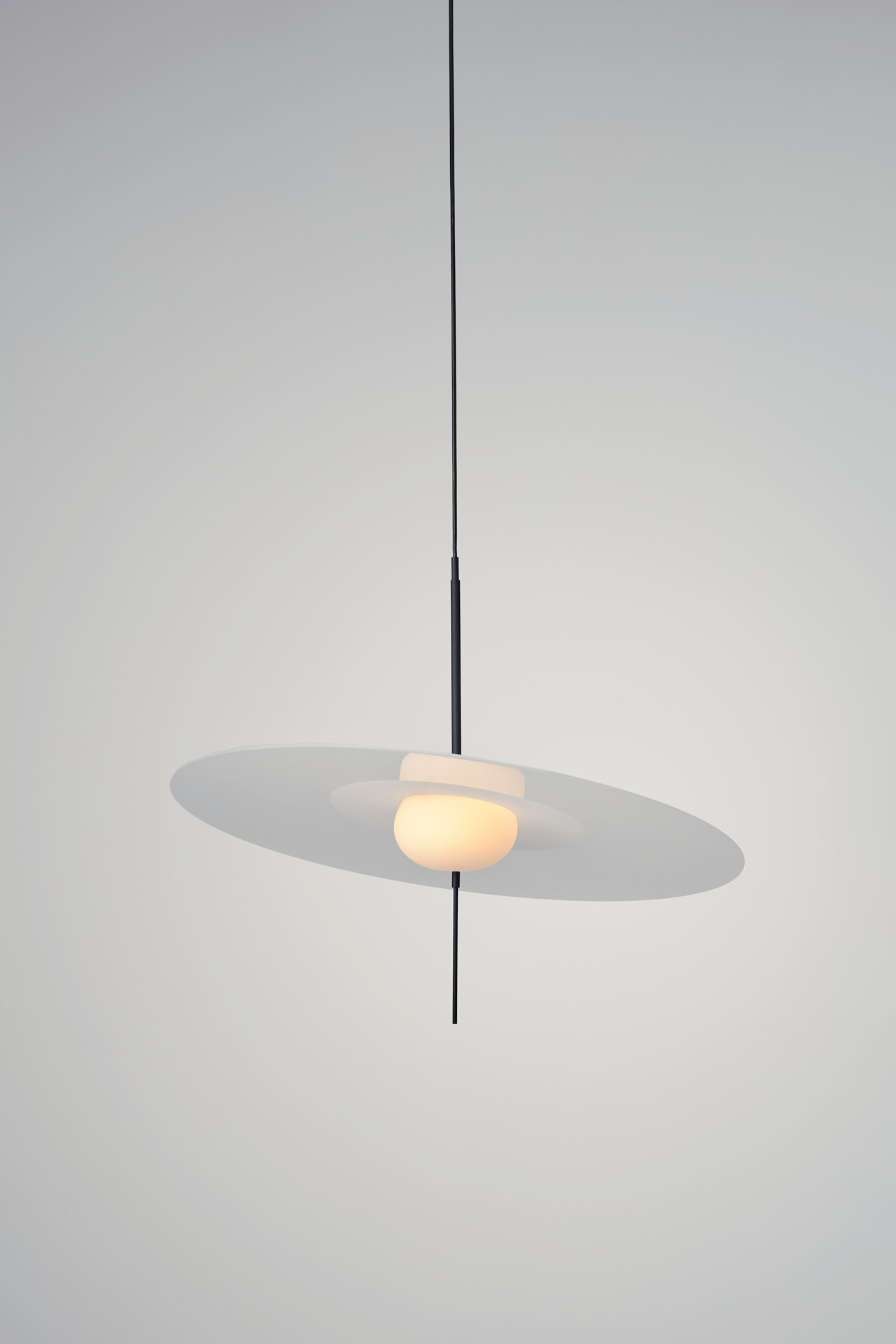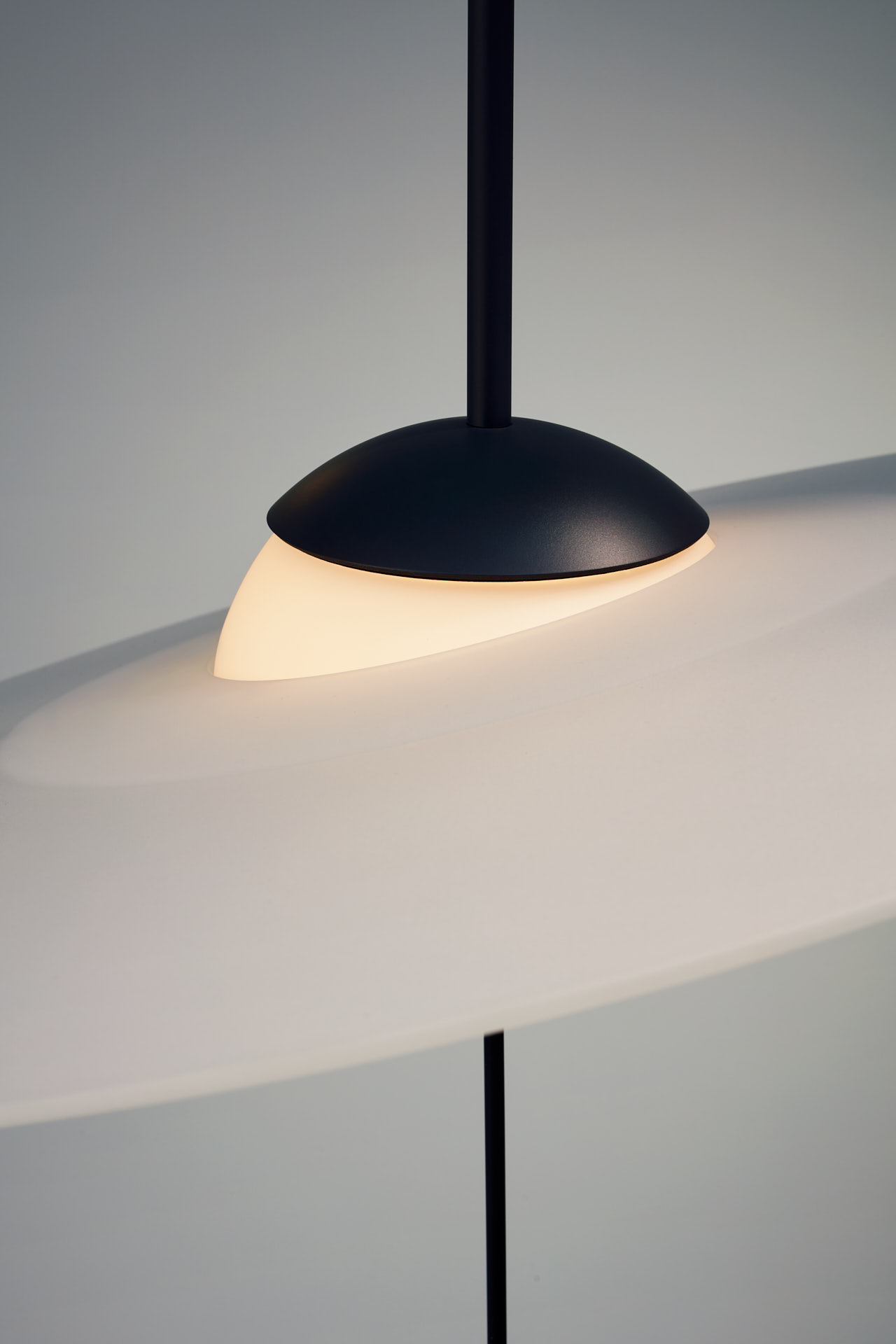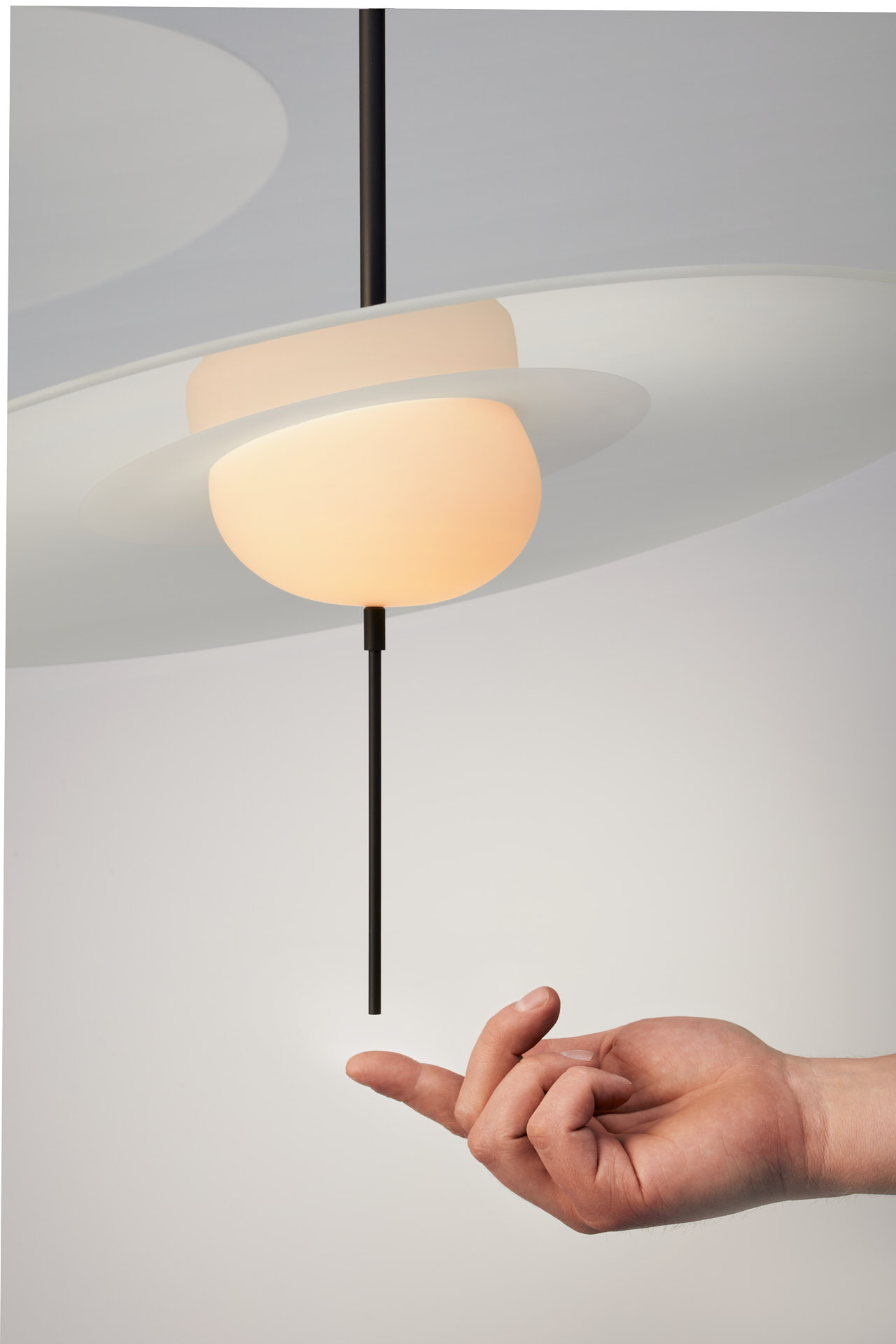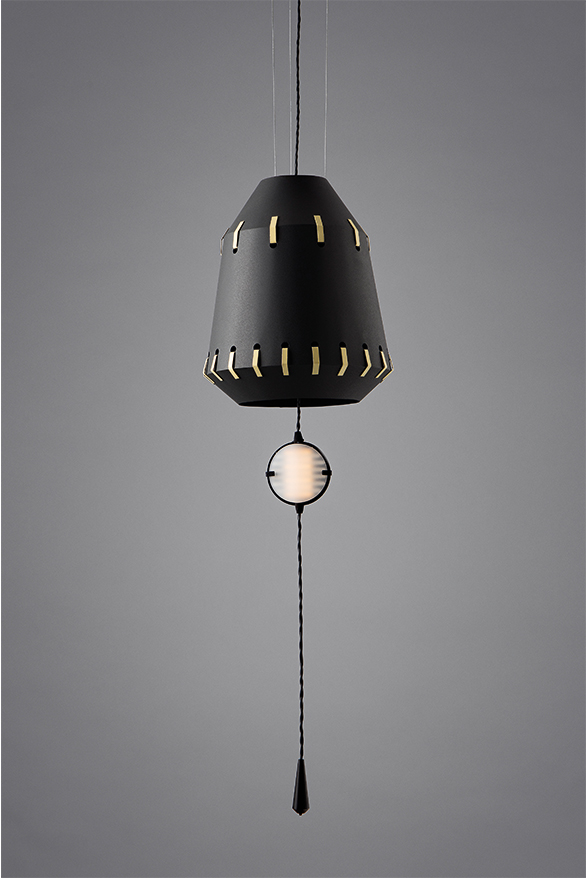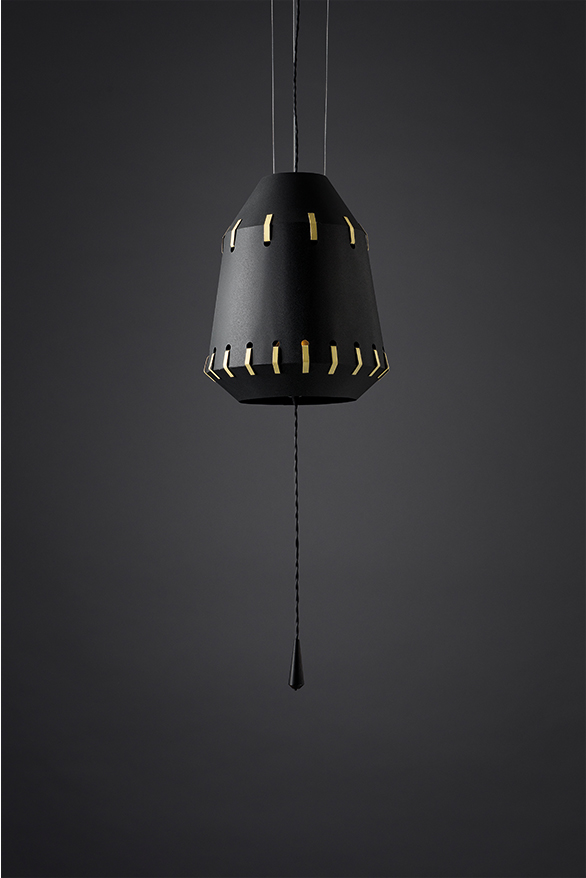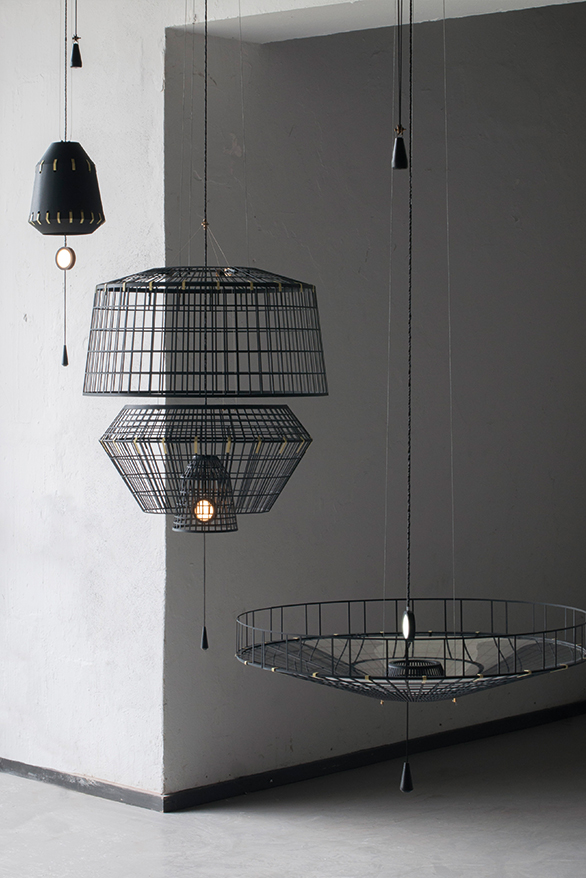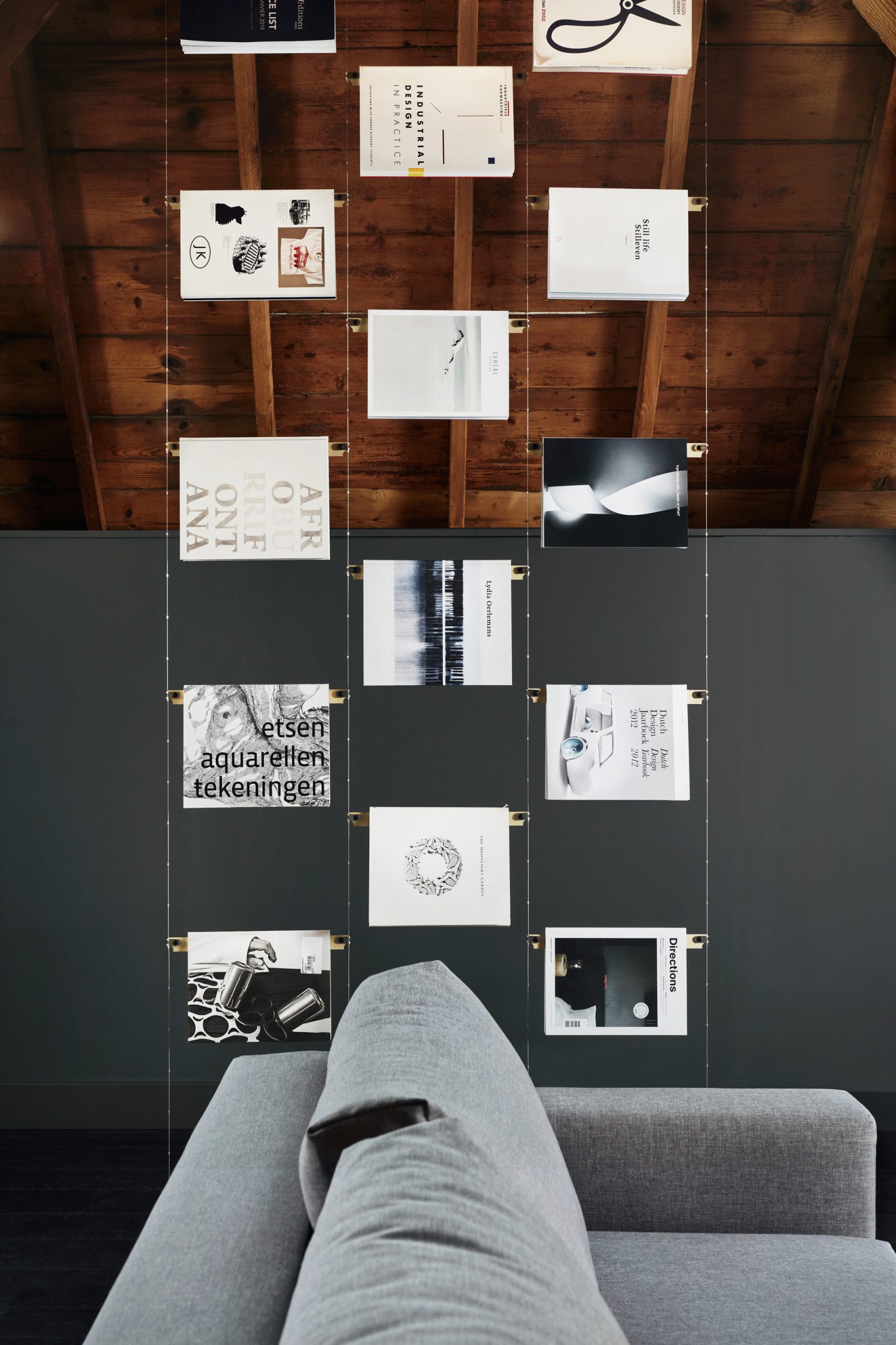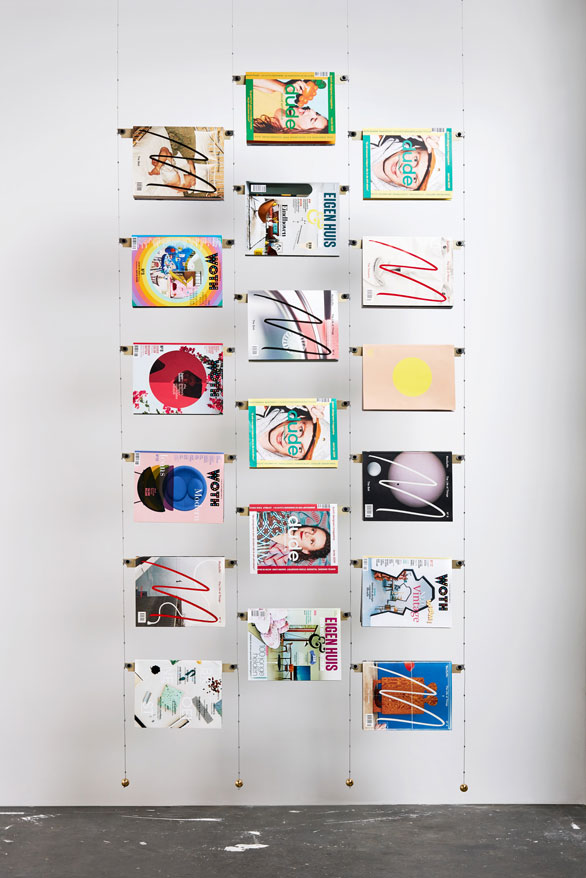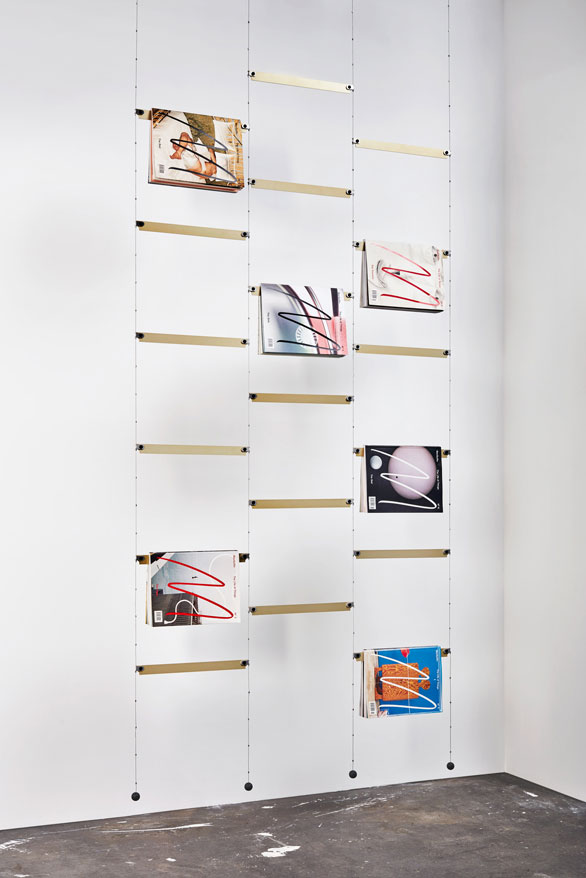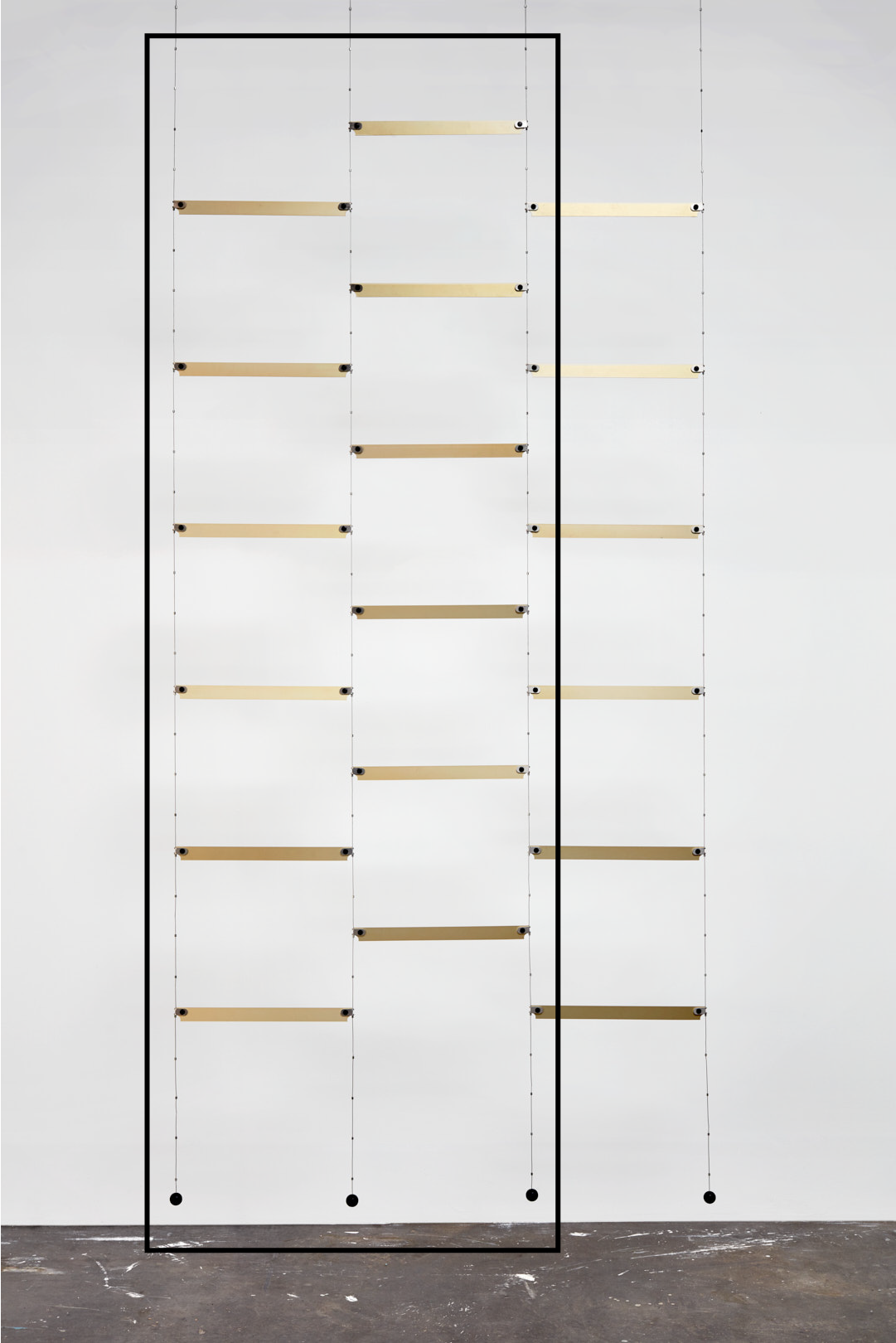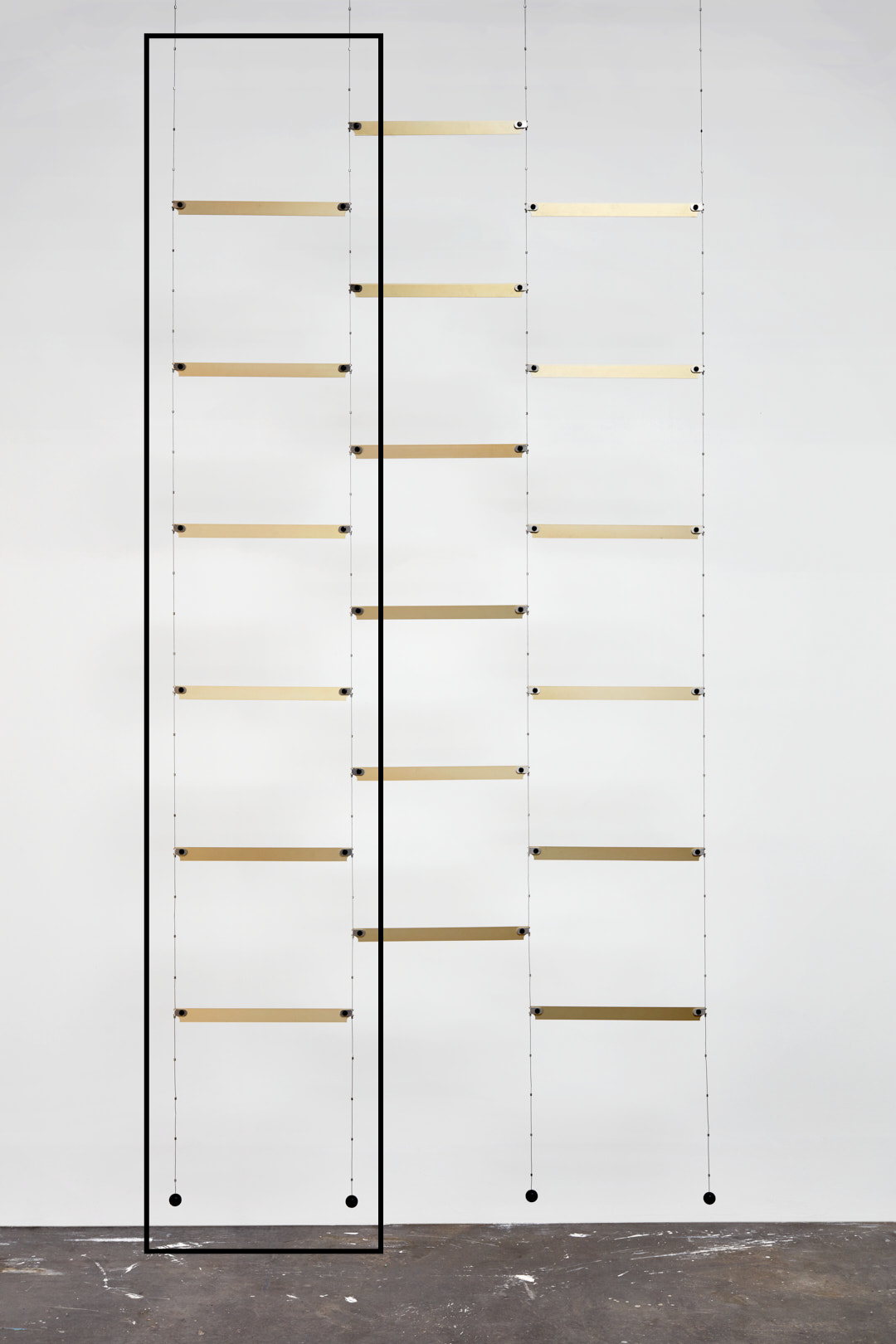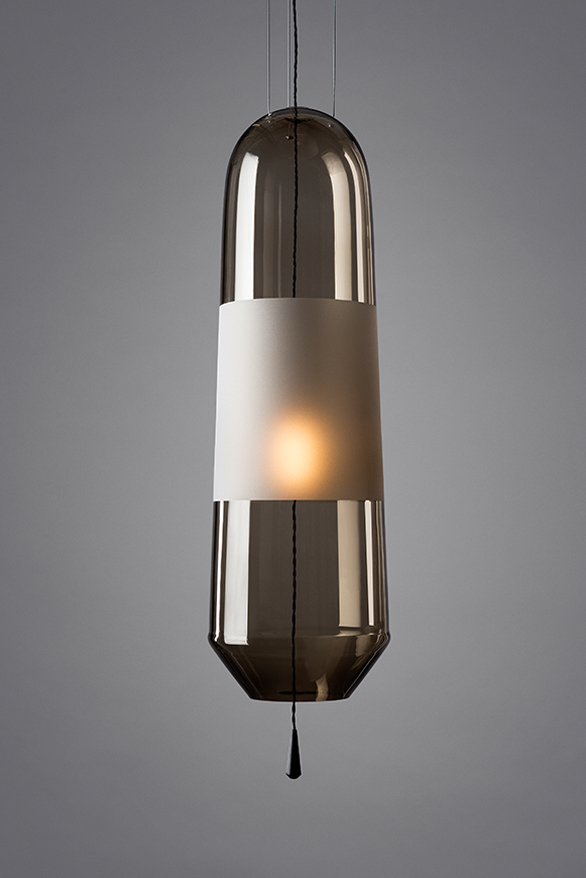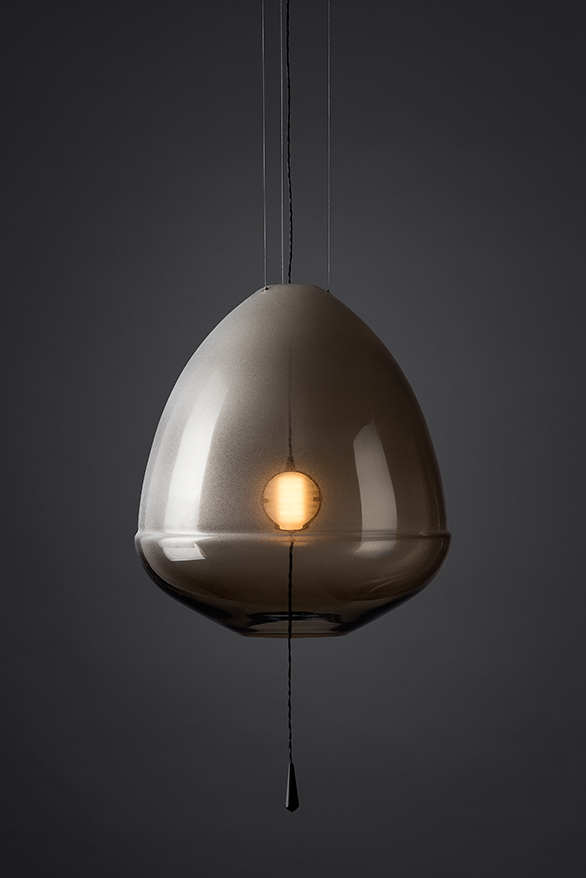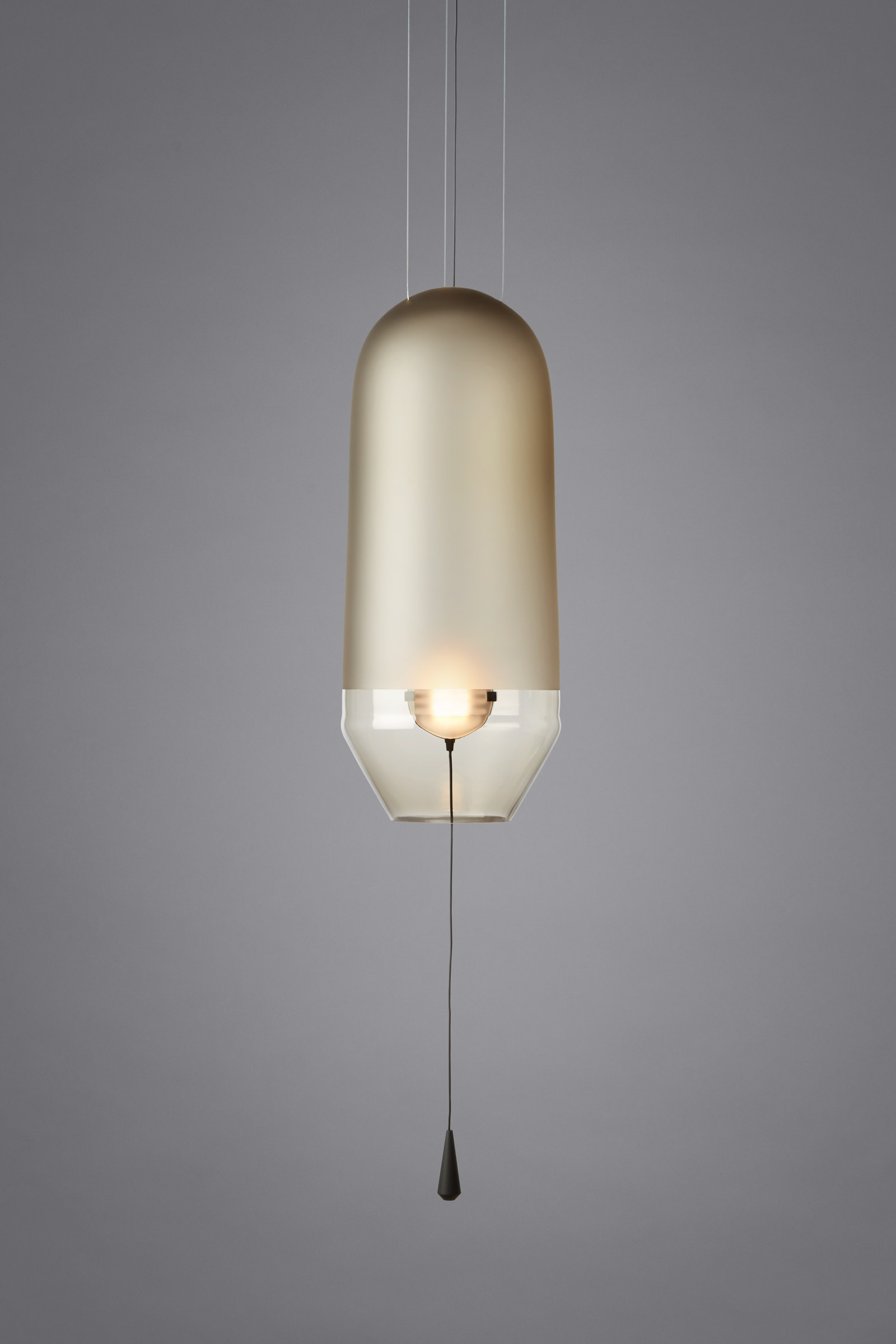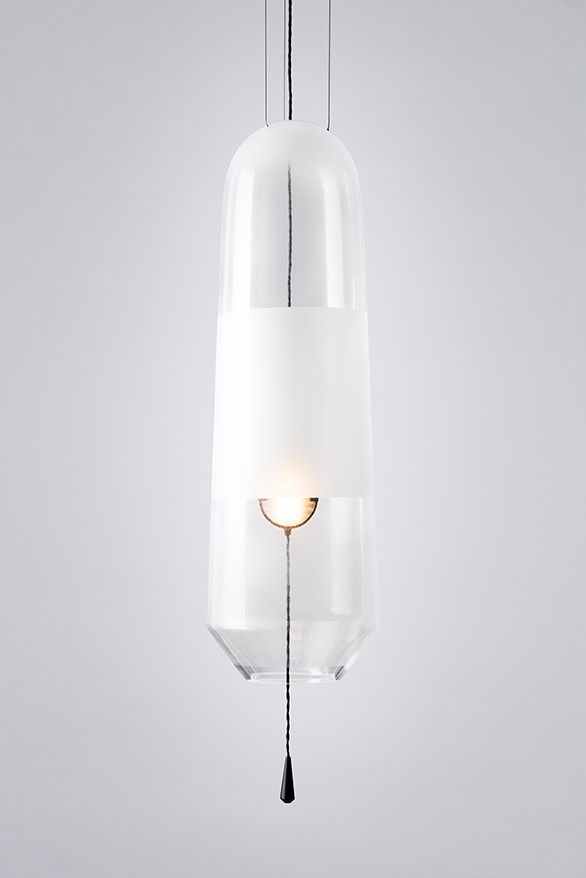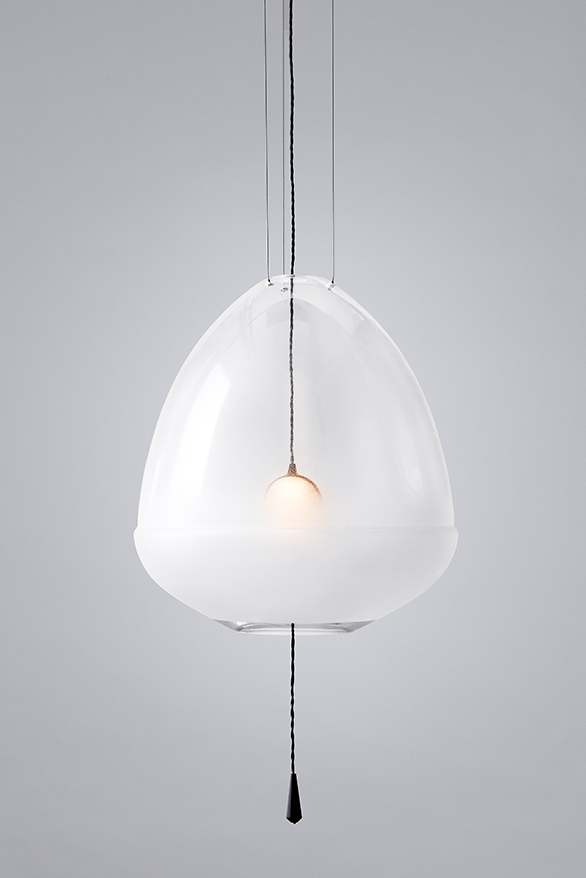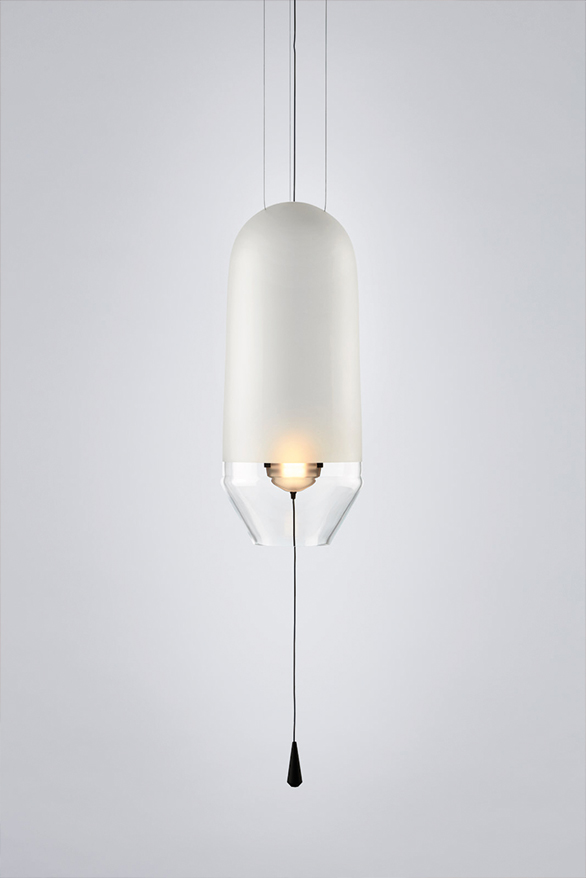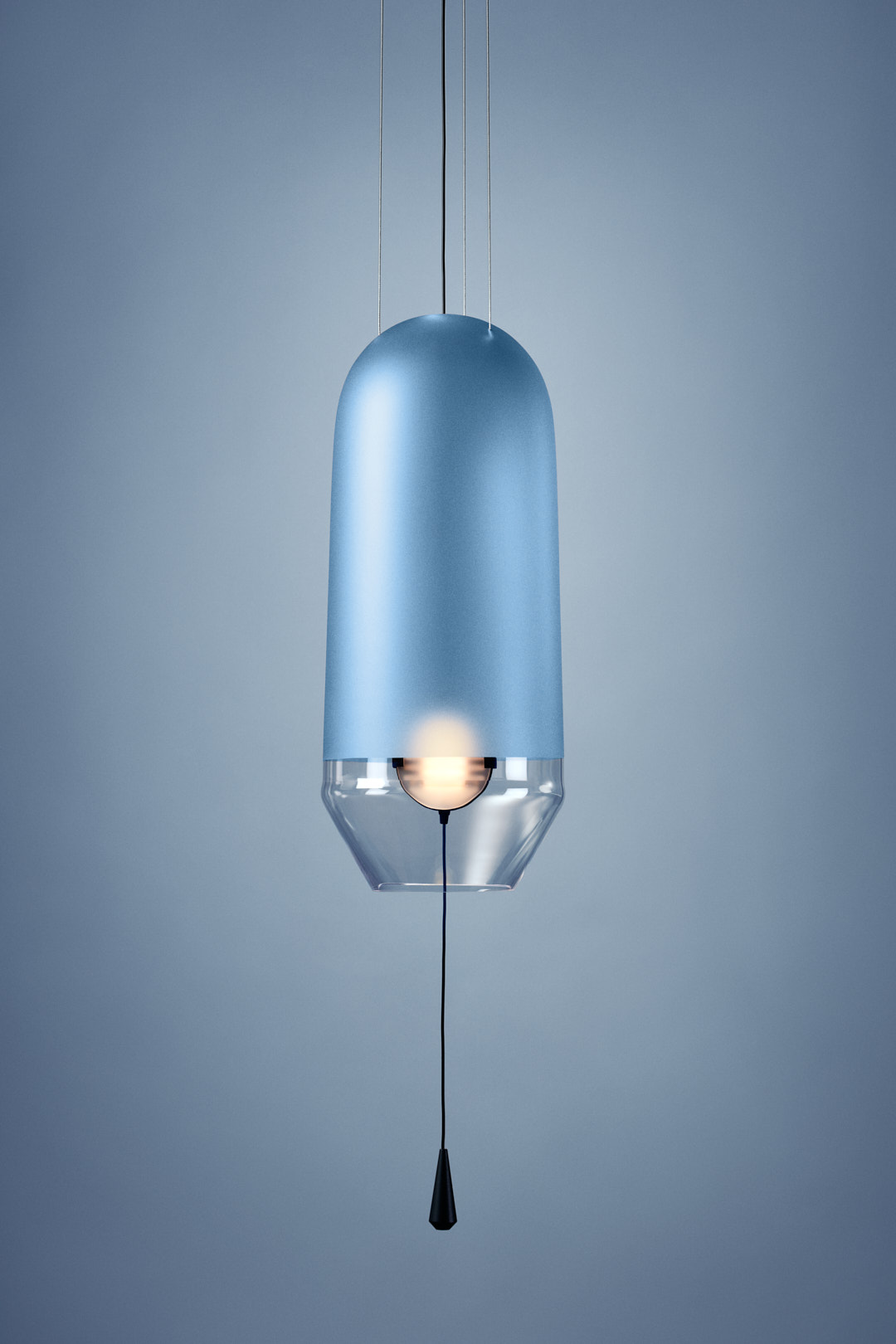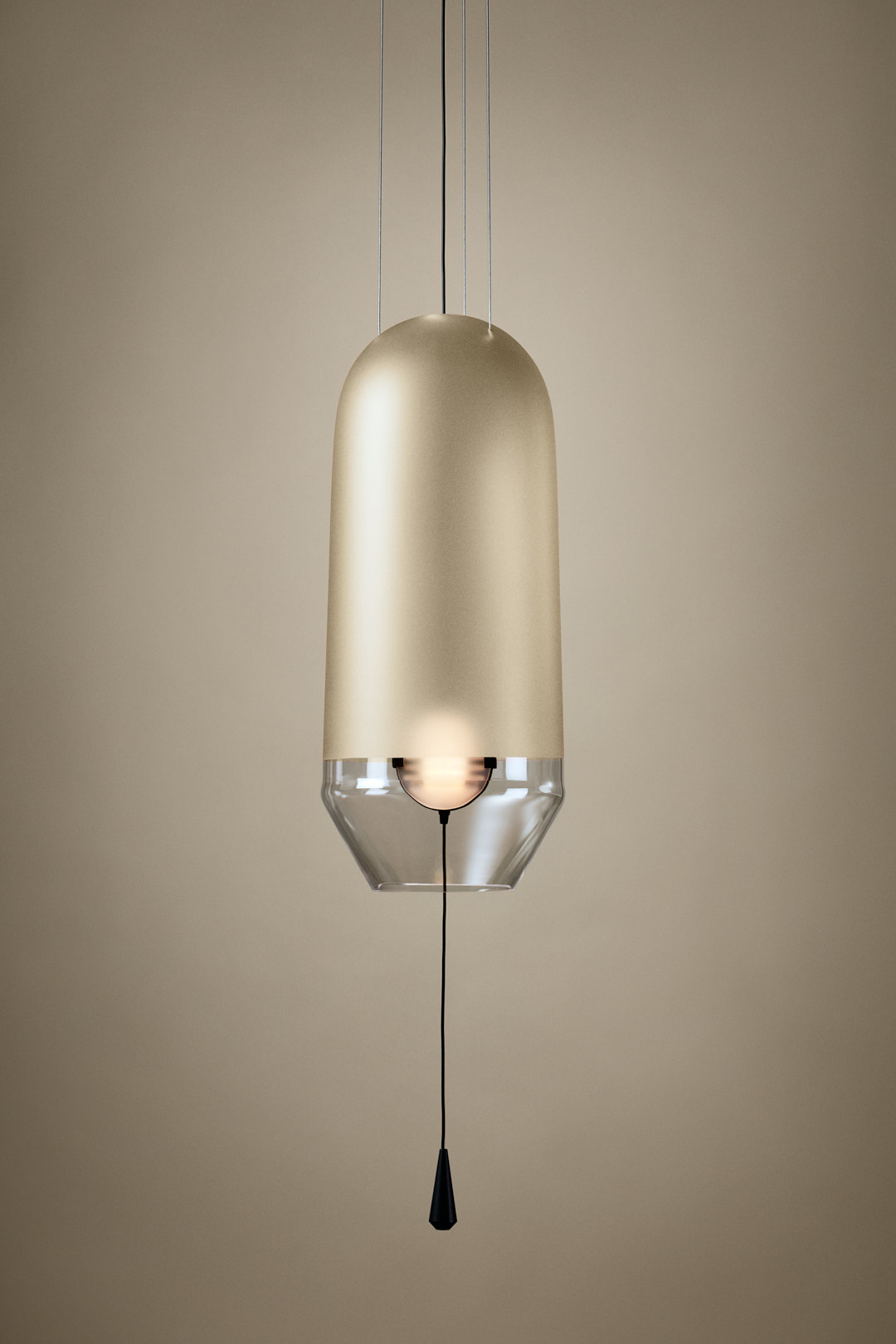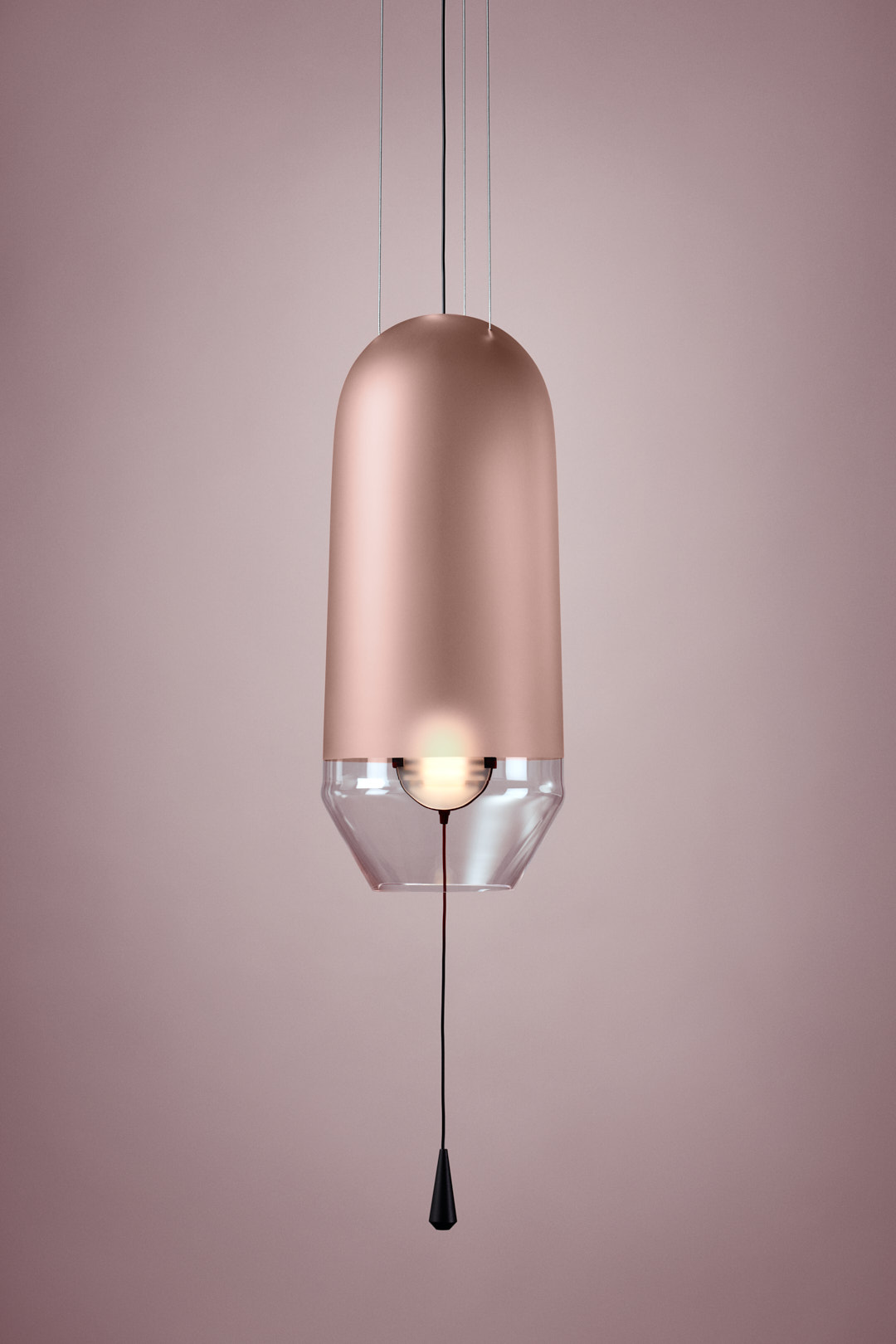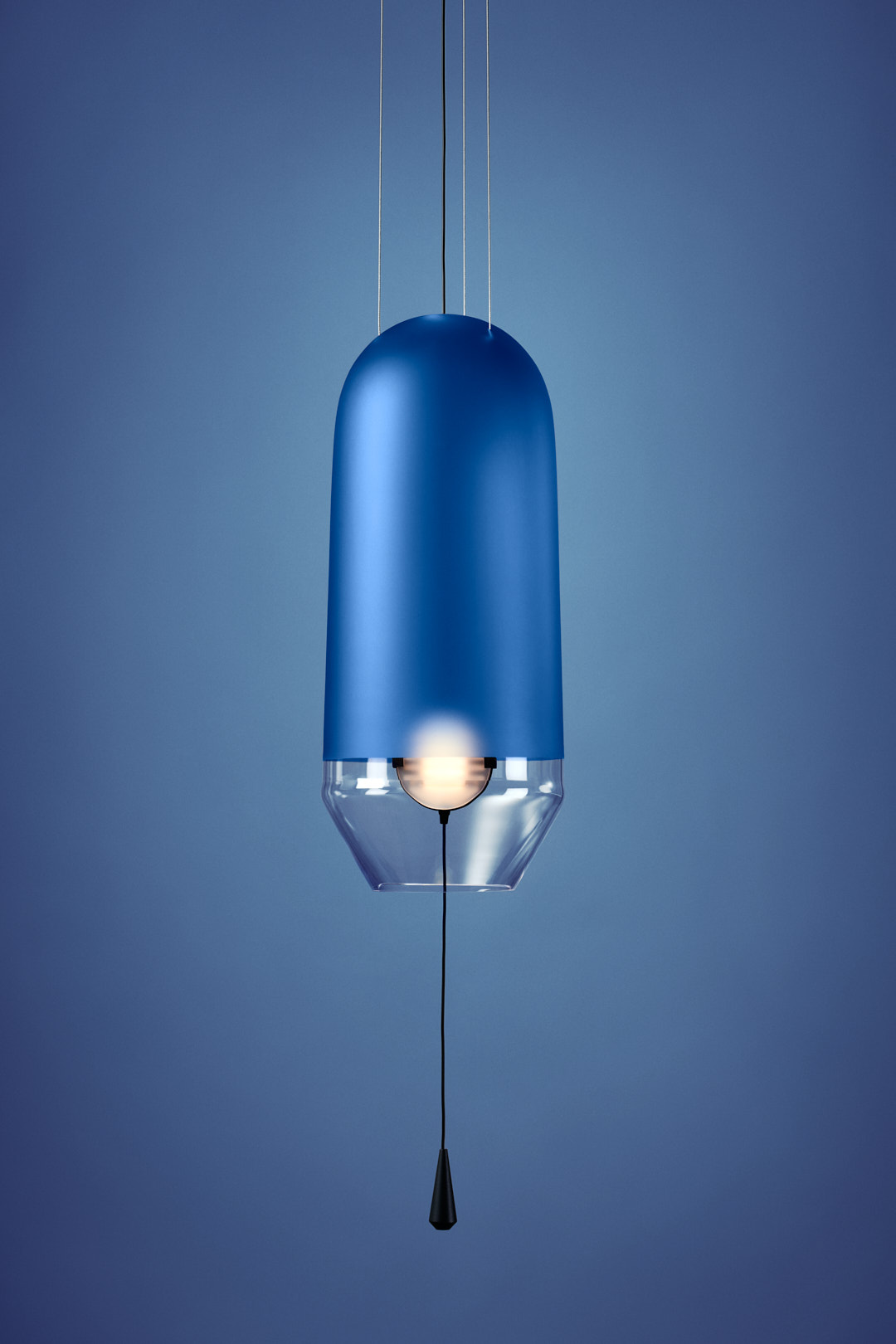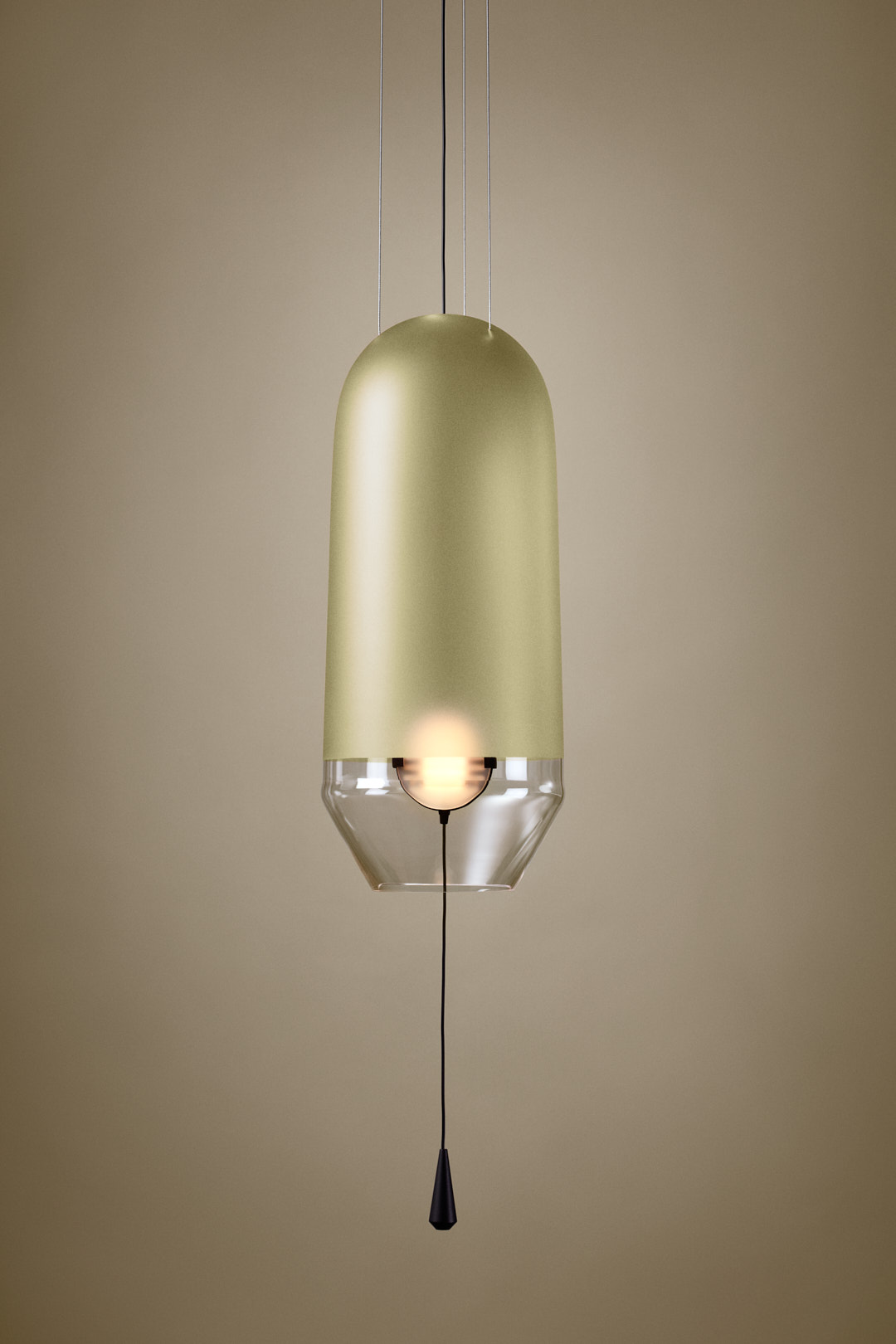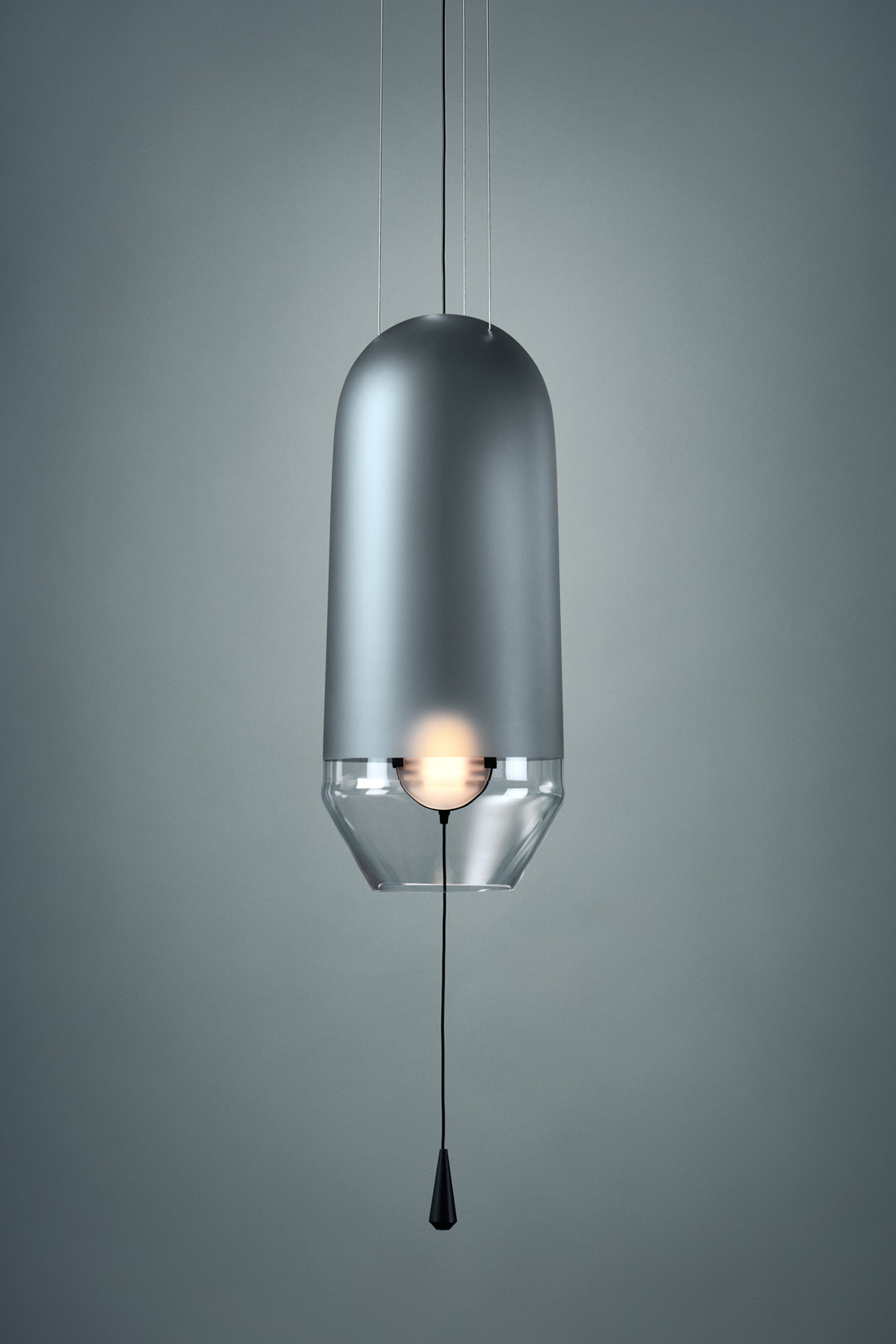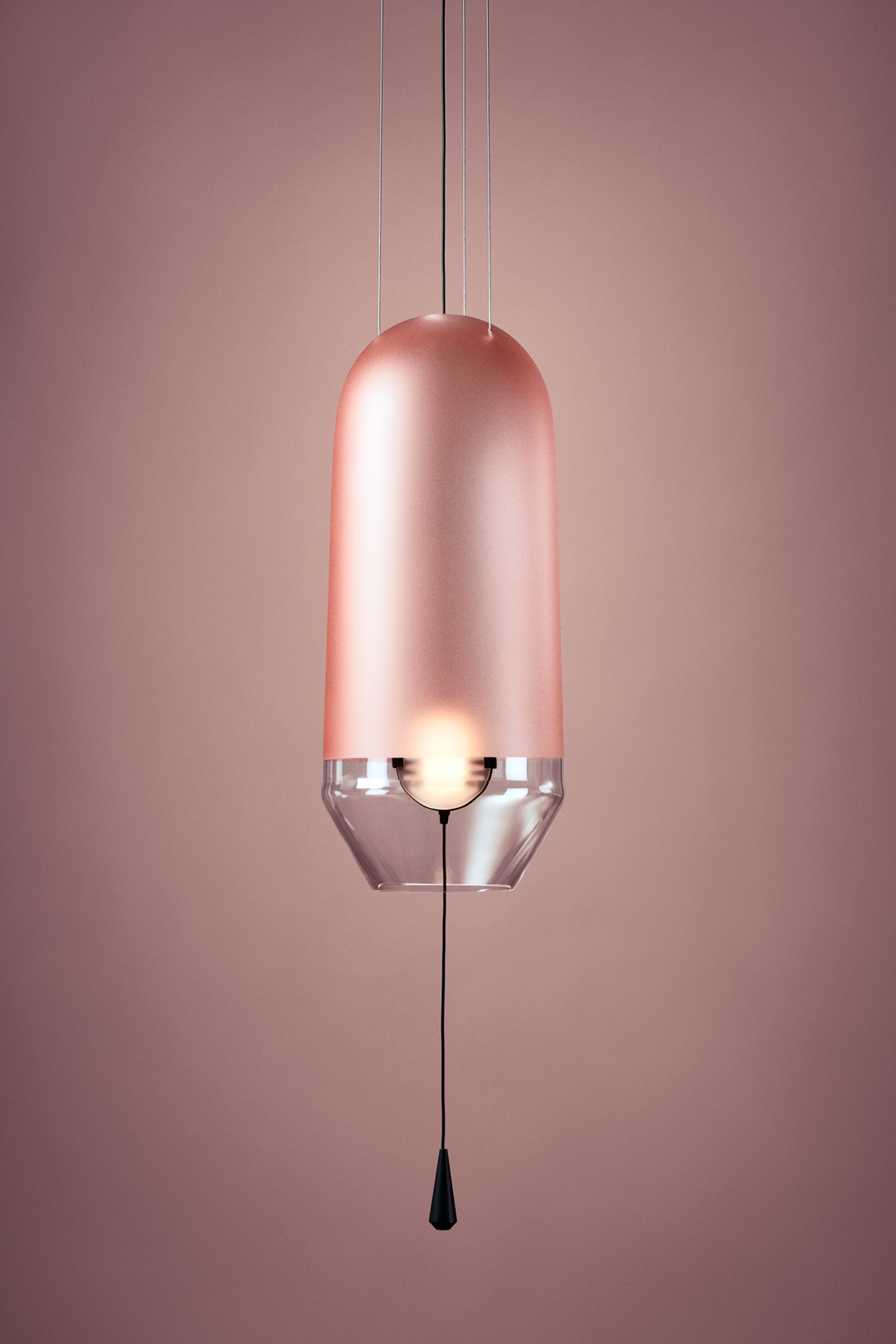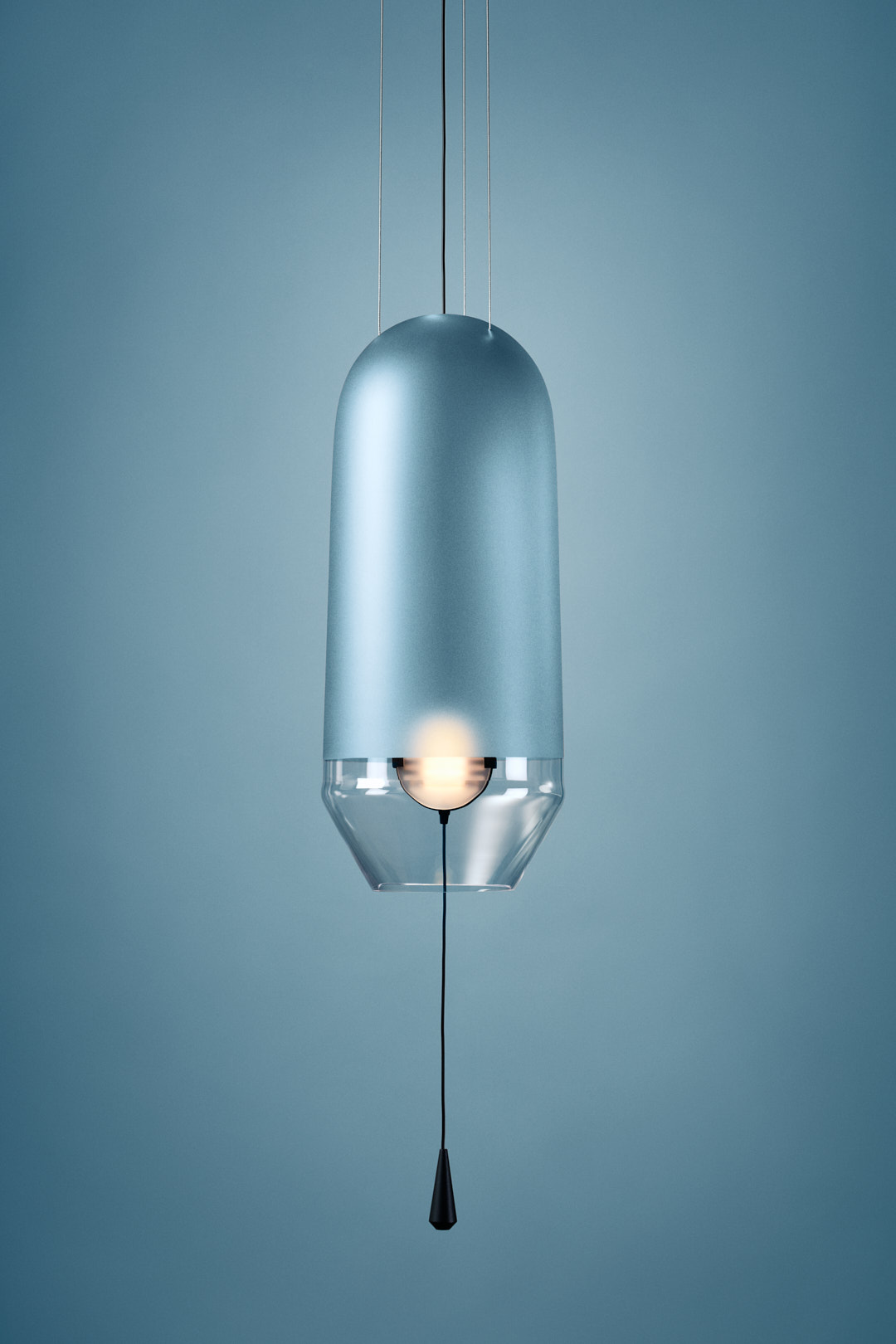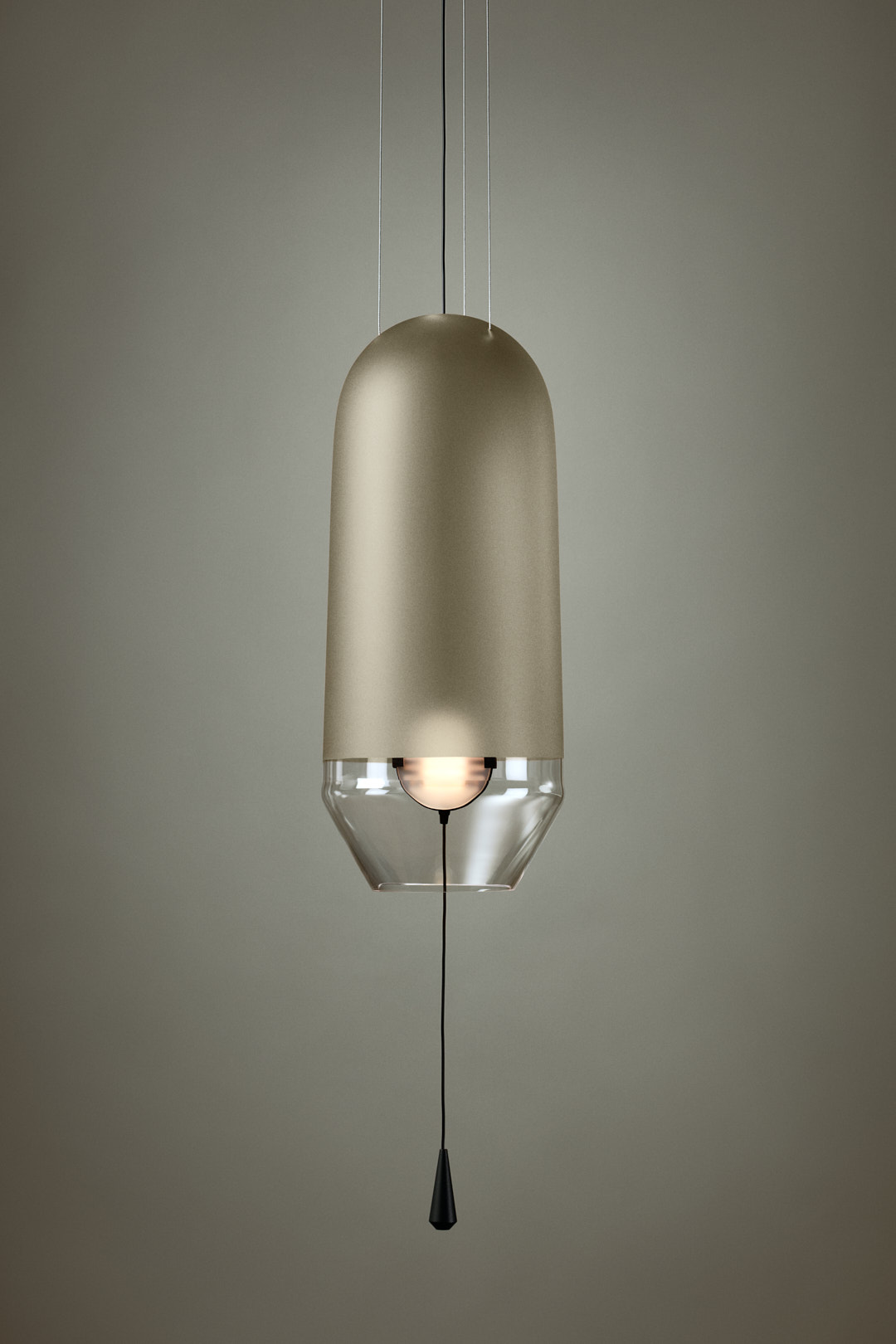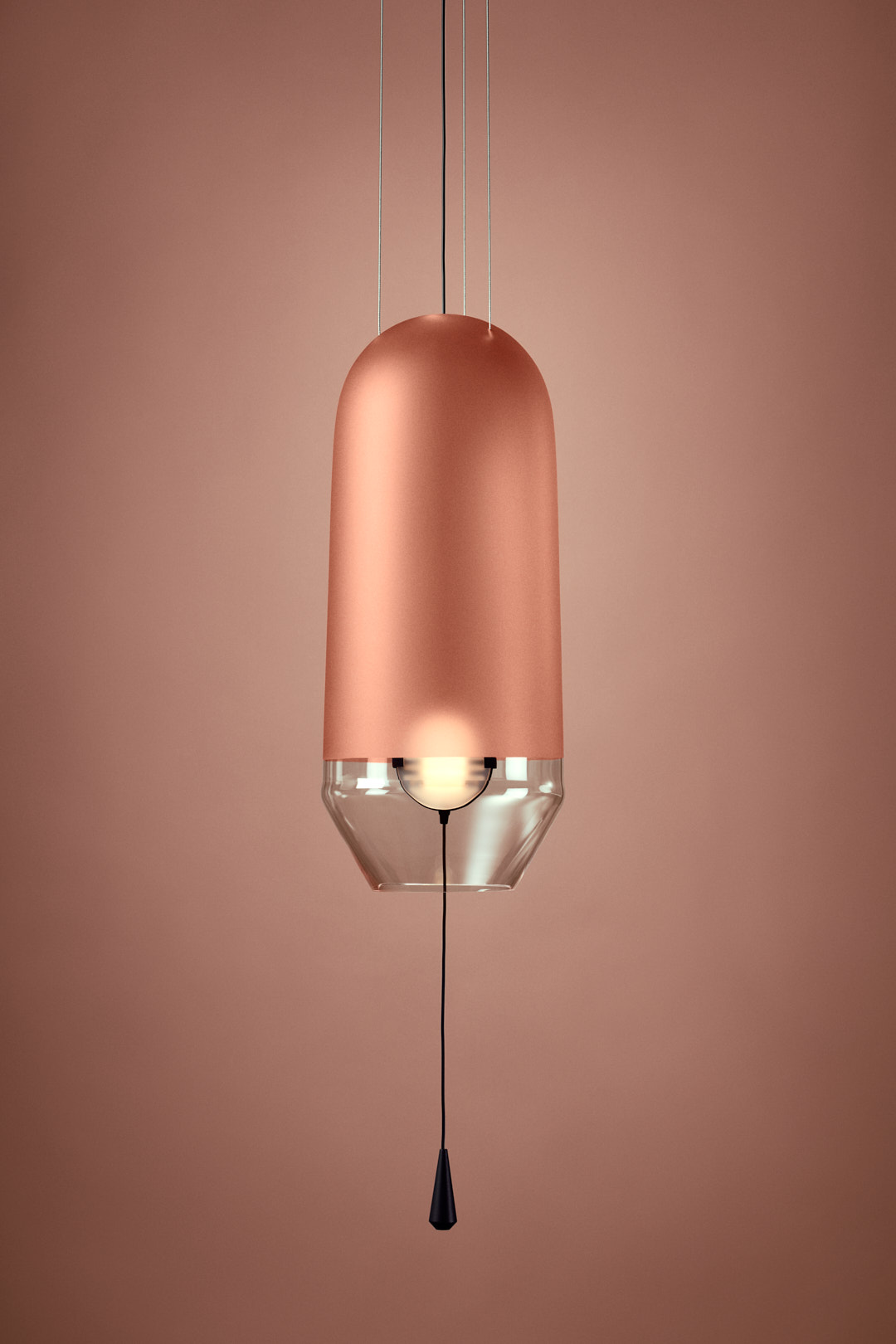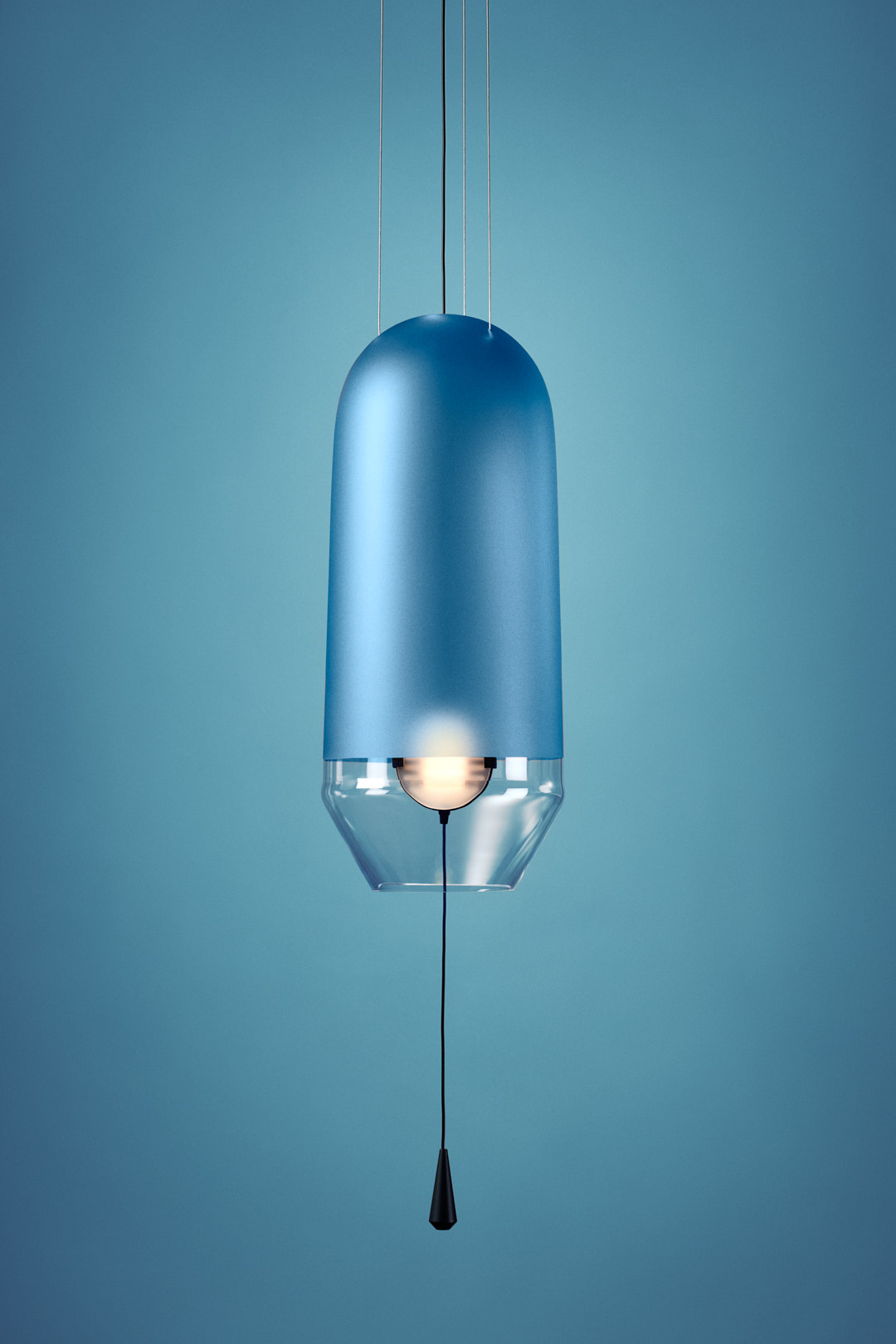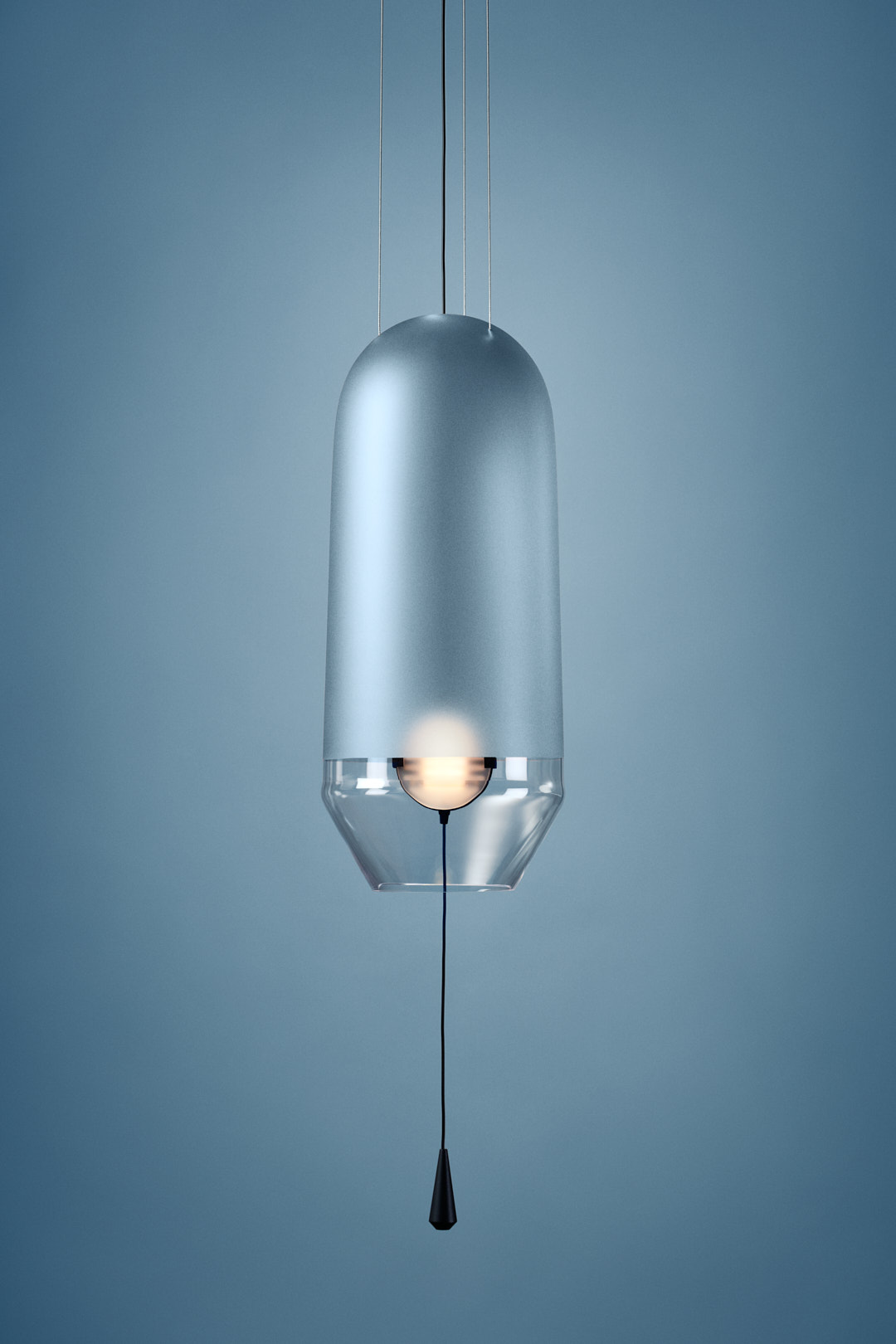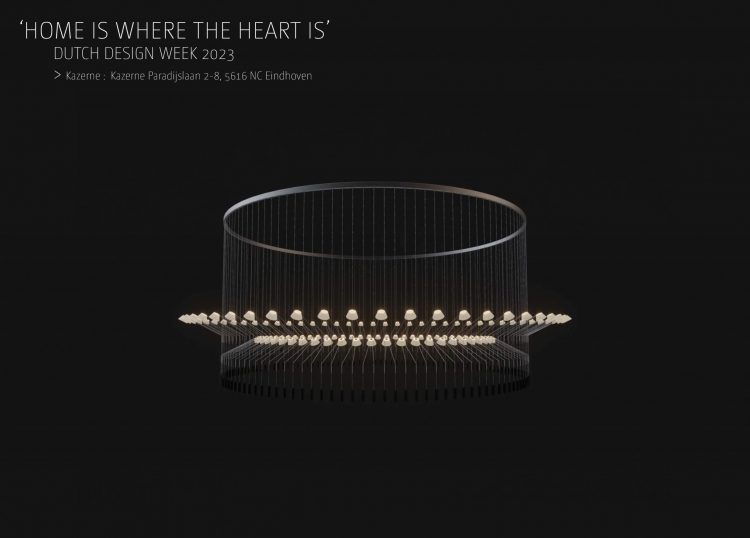VANTOT is the collective title for the works of Esther Jongsma and Sam van Gurp, who are united by an unstoppable drive to create and innovate. Originated in the “smartest” square kilometres of Europe, VANTOT is specialised in translating innovative and experimental ideas into refreshing applications, products and installations.
LIIU
‘FLOATING LIGHTS’
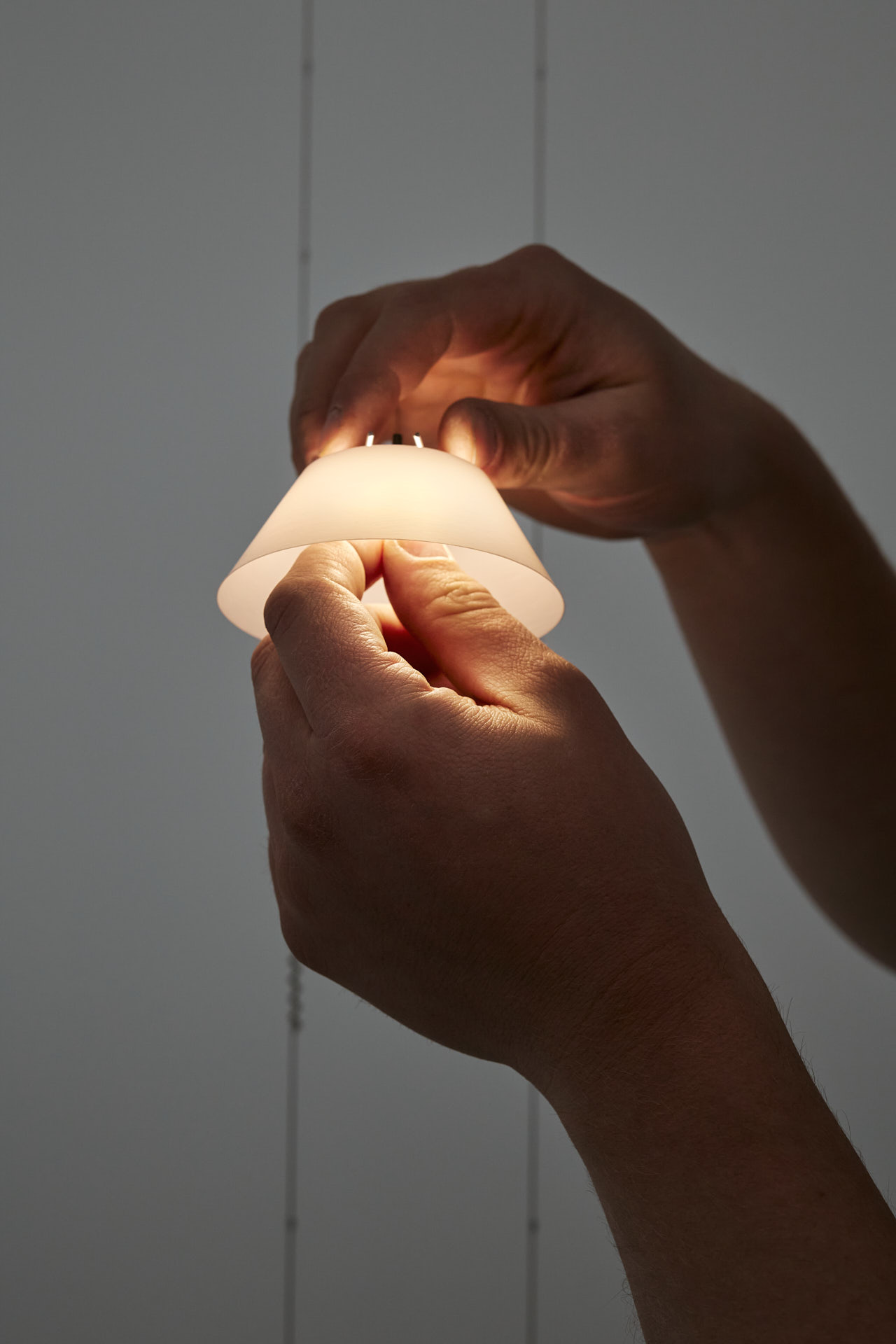
We believe in initiating our own collections to be able to design without any constraints. This way we stay close to our own fascination and do we create on a larger story. We are excited to introduce our latest lighting creation – Liiu, developed further in collaboration the Italian lighting design company, Luceplan.
Floating Lights
@ACE, Amsterdam
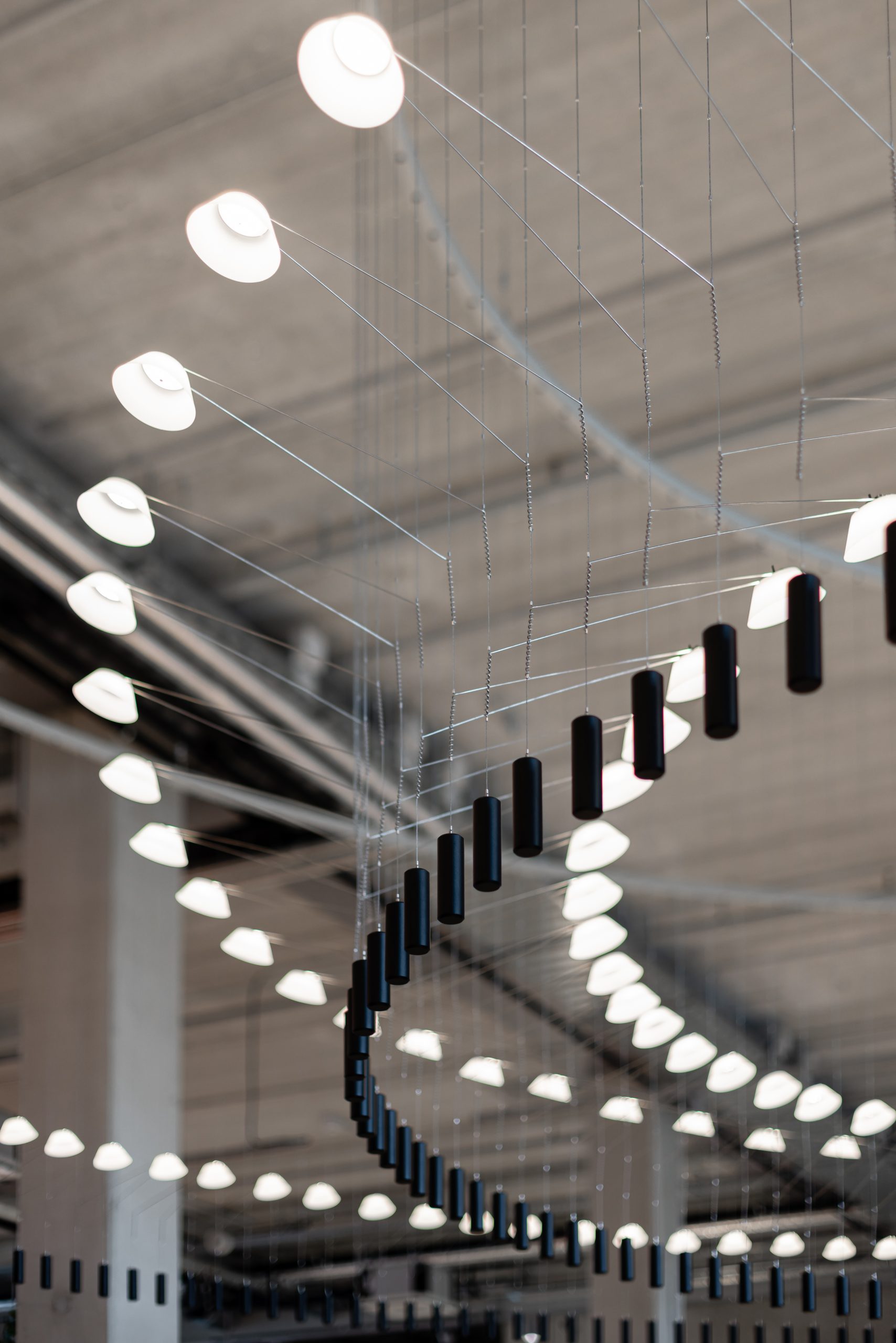
In addition to Liiu, we have been busy working on several large-scale installations that explore the intersection of art and design. We are thrilled to announce that we will be discussing these latest installations at upcoming events in the Netherlands, Mexico and Italy.
V-V-V
@Ab Ab Ab Architects, Mexico
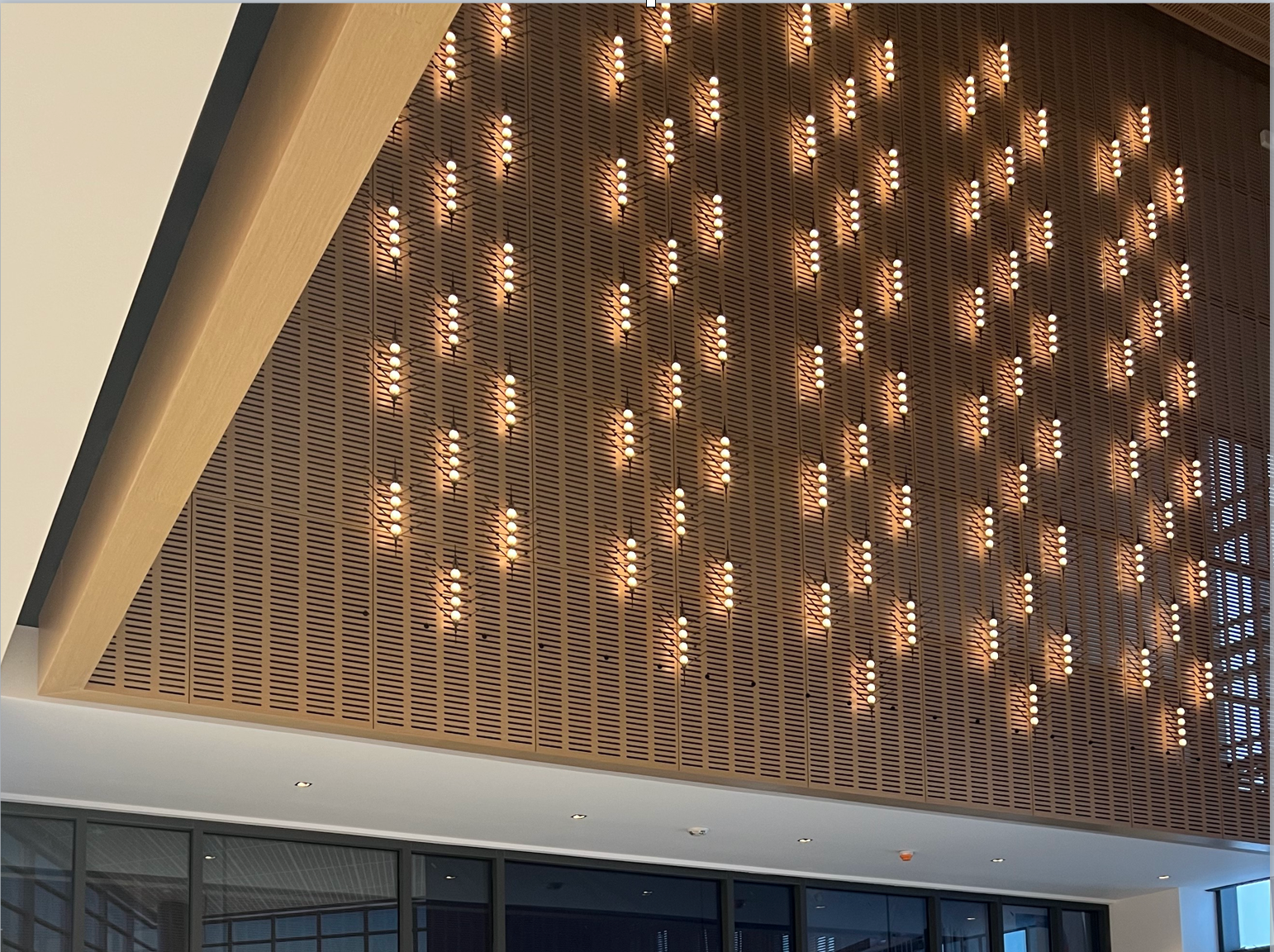
MONO
In our Latest collections luminous LEDs are woven into slender stainless steel structures.
V-V-V, O-O-O, and Floating Lights are modular light sculptures with whom you create a composition that is adjustable for any setting.
© Photo’s by Ronald Smits
and DCW Éditions
Experimentation as a key to innovation. We firmly believe that innovation often originates from a playful attitude and embracing coincidence as part of the creative process. Therefore our working method is led by open-ended experimentation.
SELECTED ARTICLES
STIR 2022 – Studio Vantot unveils ‘Floating Lights’ at Milan Design Week 2022
Designwanted 2021 – Leds are stealing the spotlight thanks to Dutch Design duo VANTOT
1st dibs 2021 – This Dutch Design Studio Is Showing Off LEDs in a Whole New Light
Metropolismag 2018 – Design Duo Vantot Wants to Reinvent How We Use LEDs
SELECTION OF CLIENTS
Microsoft
Twitter
Municipality of Eindhoven
Lowlands
Paleis ‘t Loo
Crown hotel
Hyatt hotel
H&H Porcurement LLC
Finasi
Momo Designgroup
Coronado Interiors
DCW Editions
Eikelenboom BV
VANTOT | Nassausingel 26 | 4811 DG Breda | The Netherlands | | info@vantot.nl
© VANTOT | terms and conditions | delivery and returns | cookies | privacy policy
